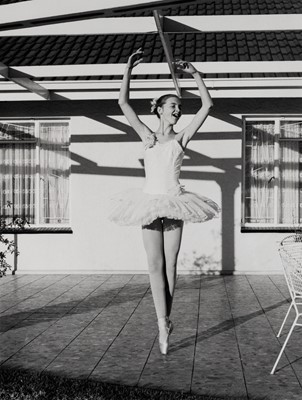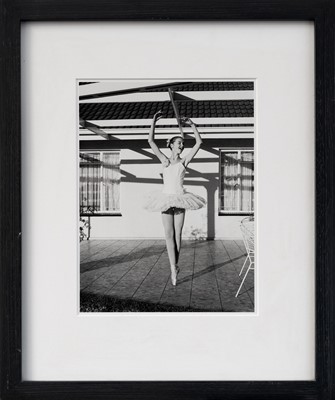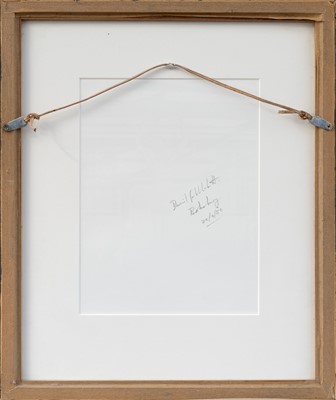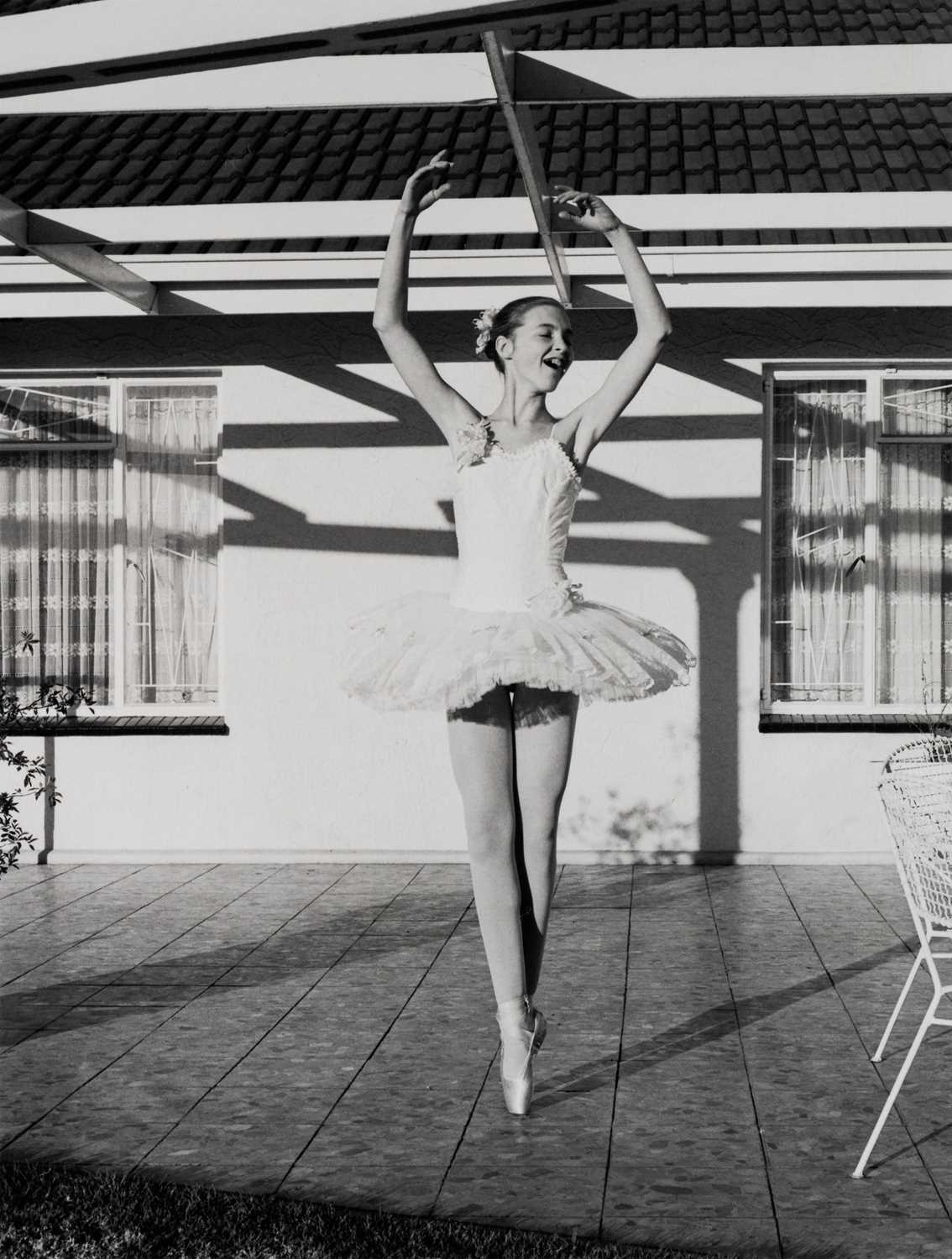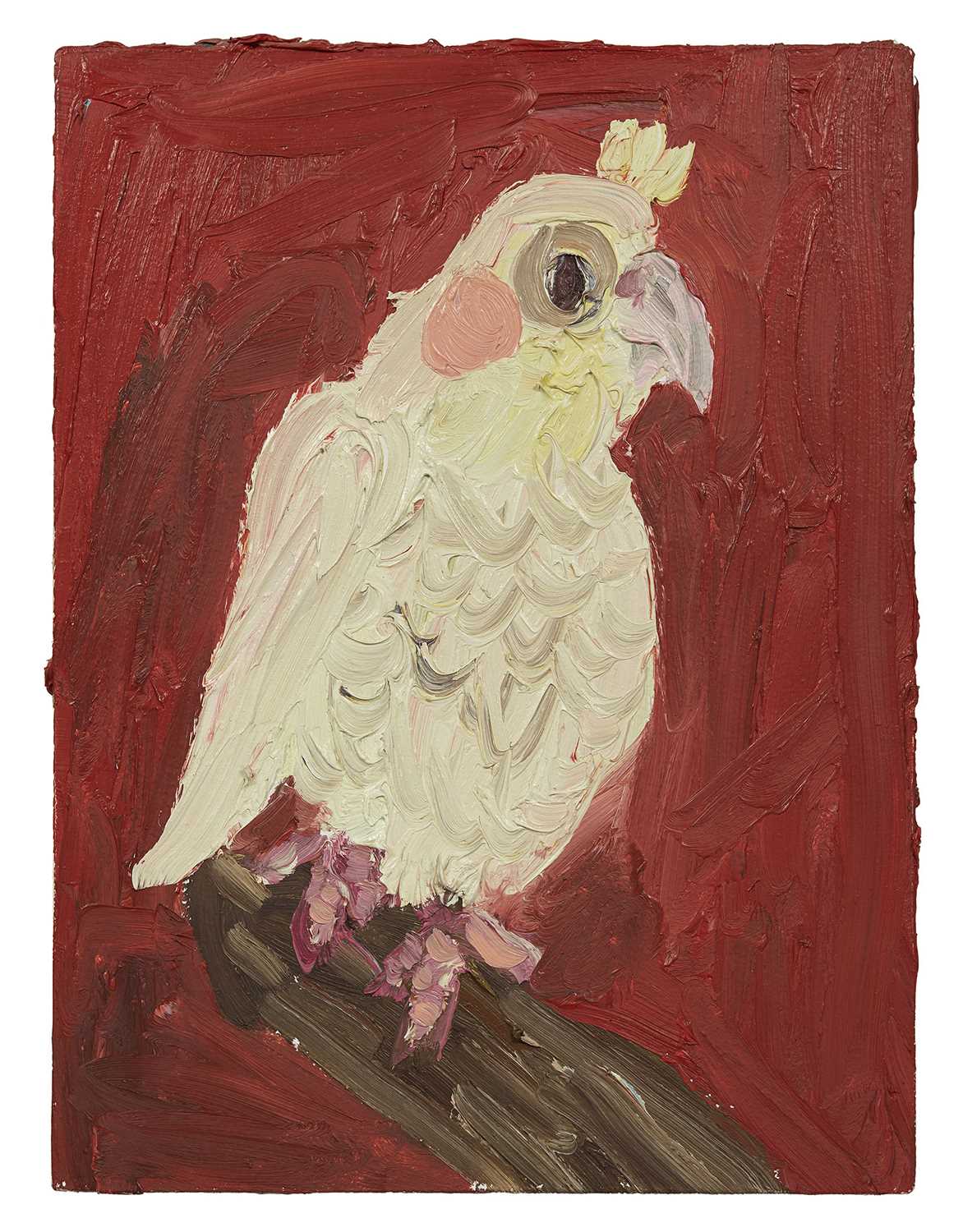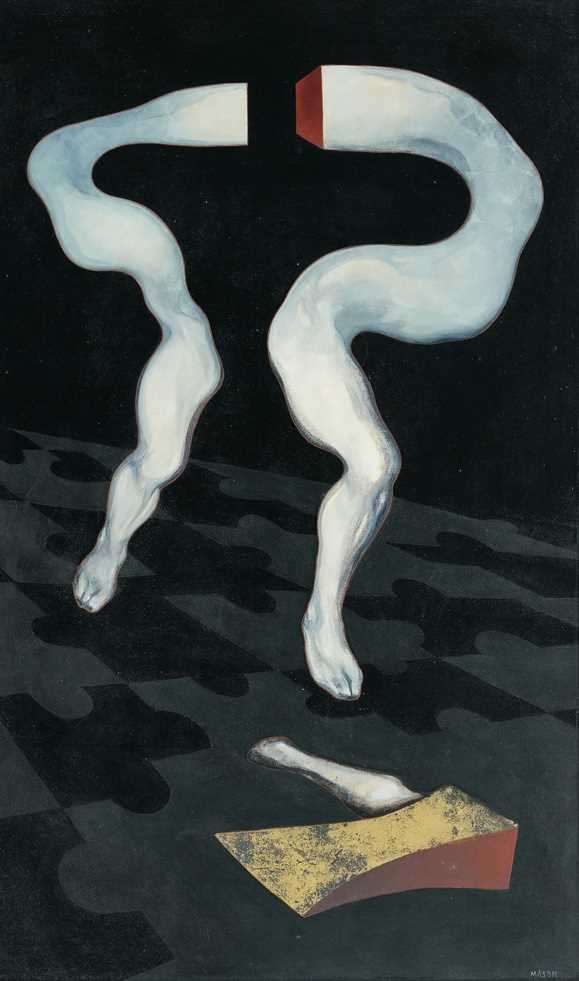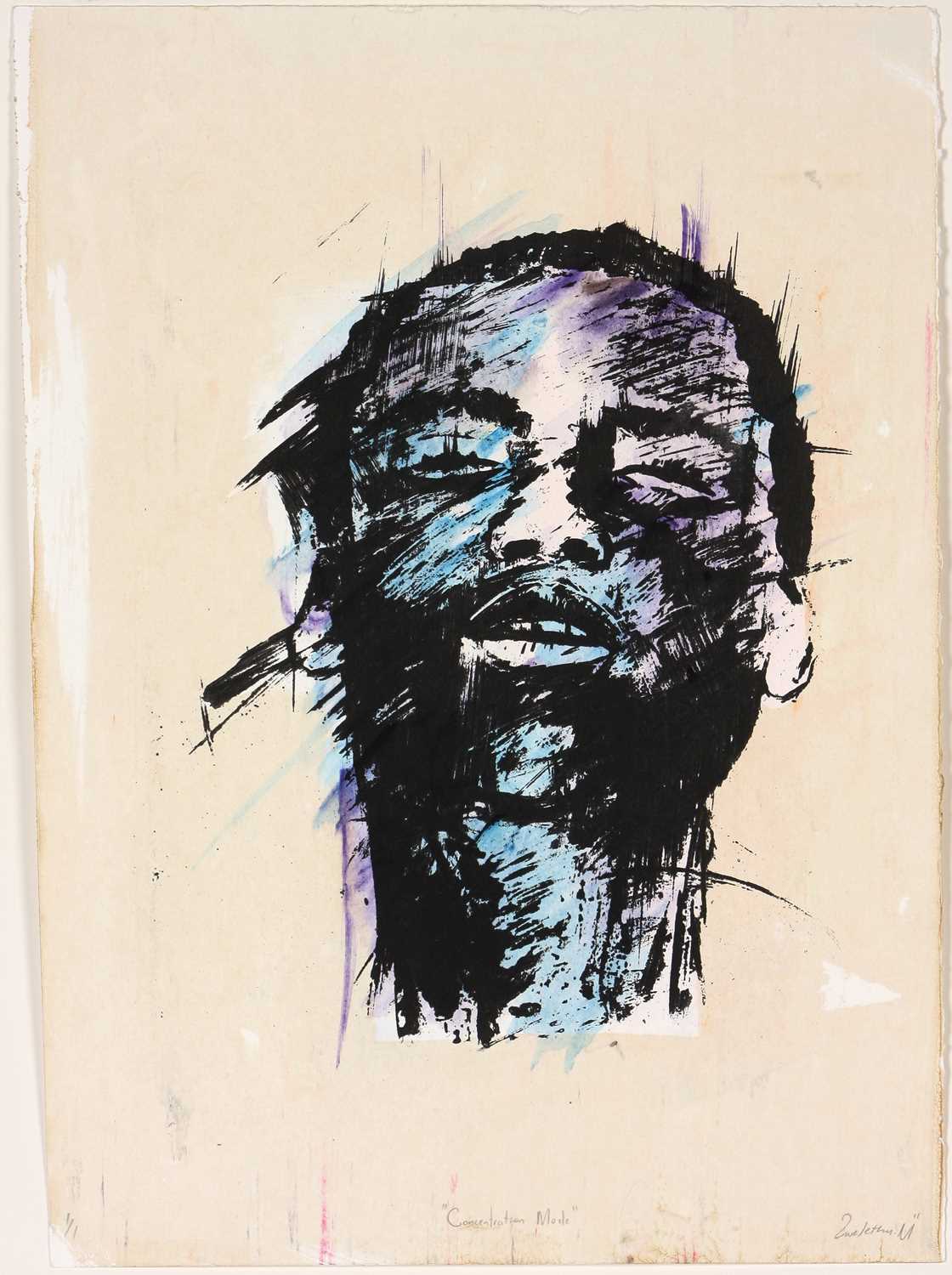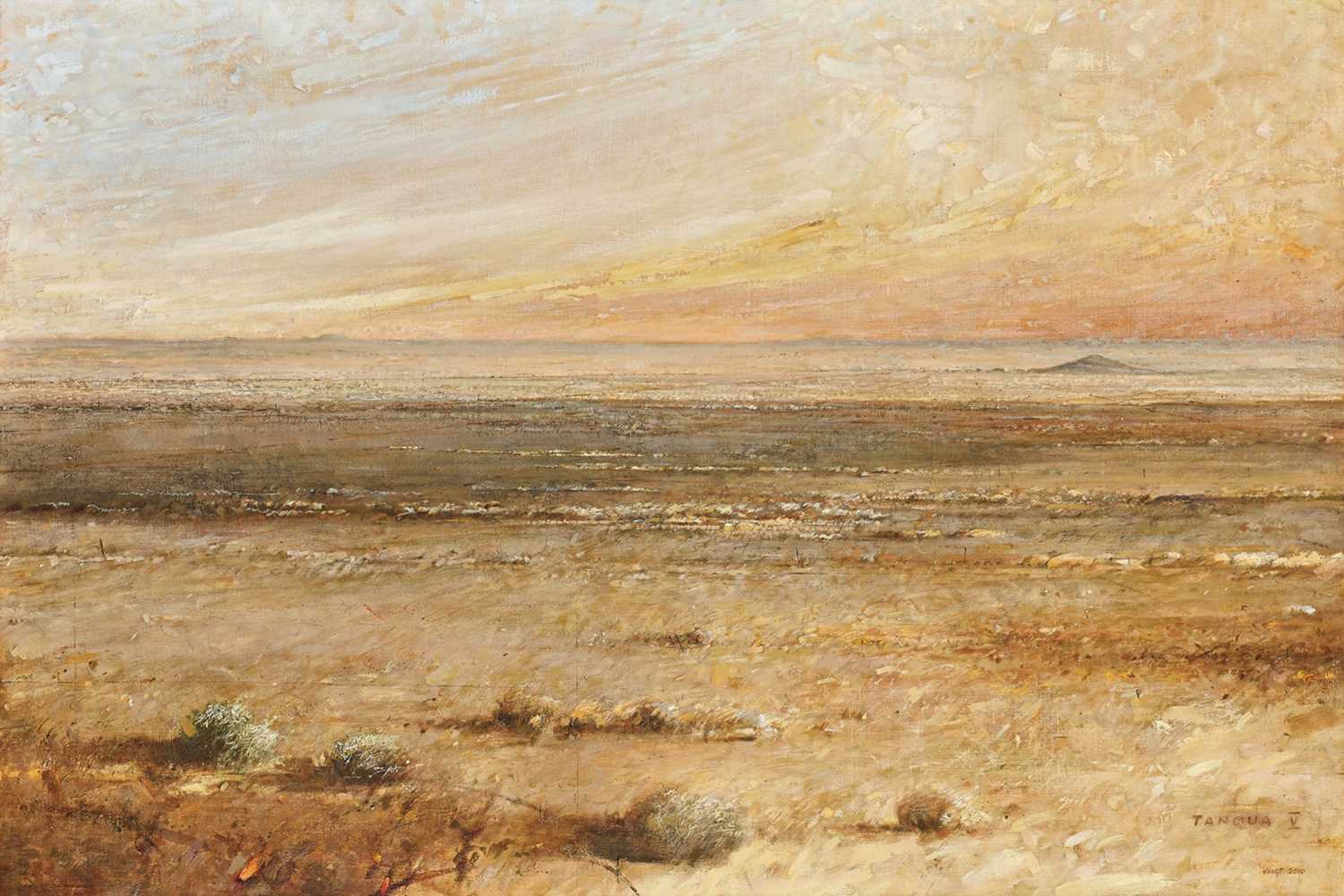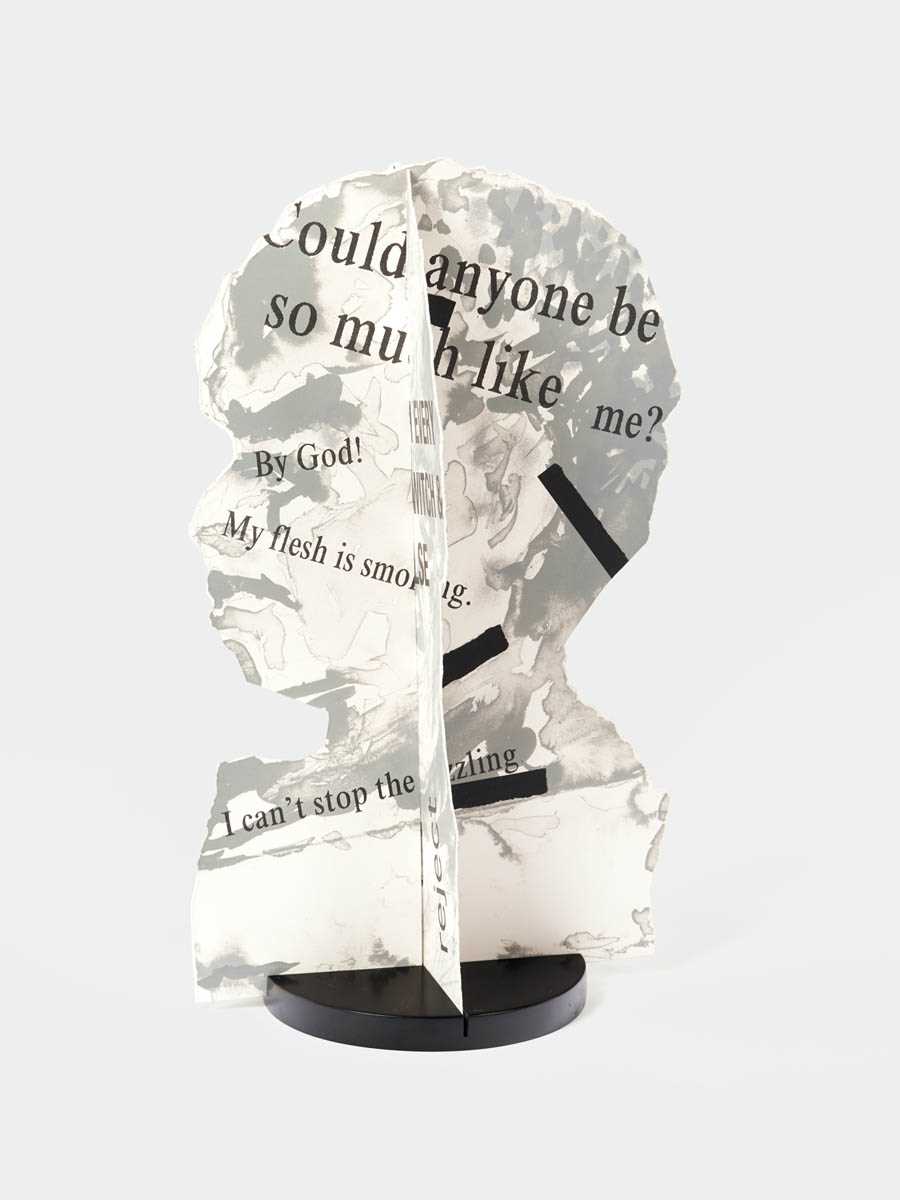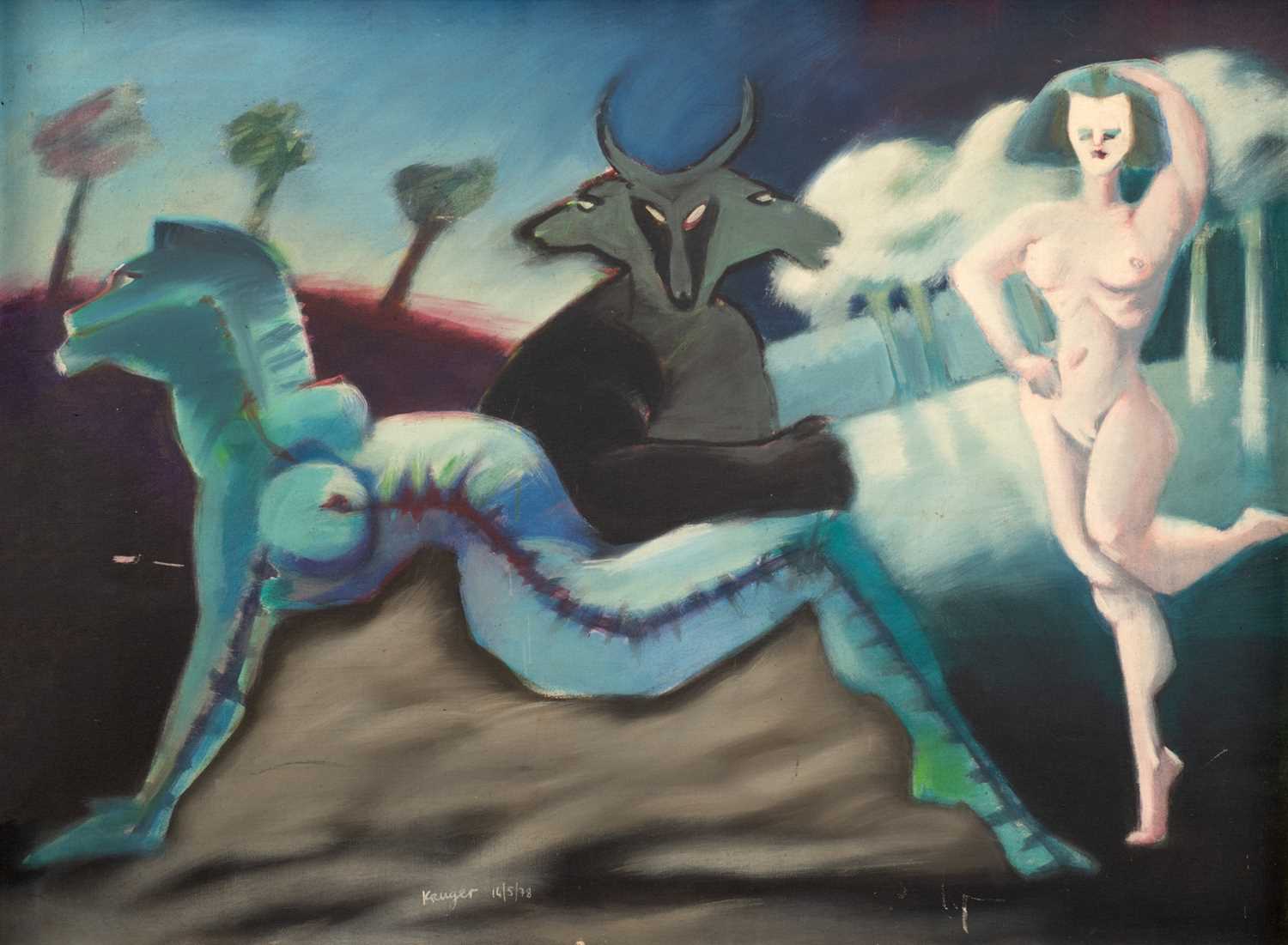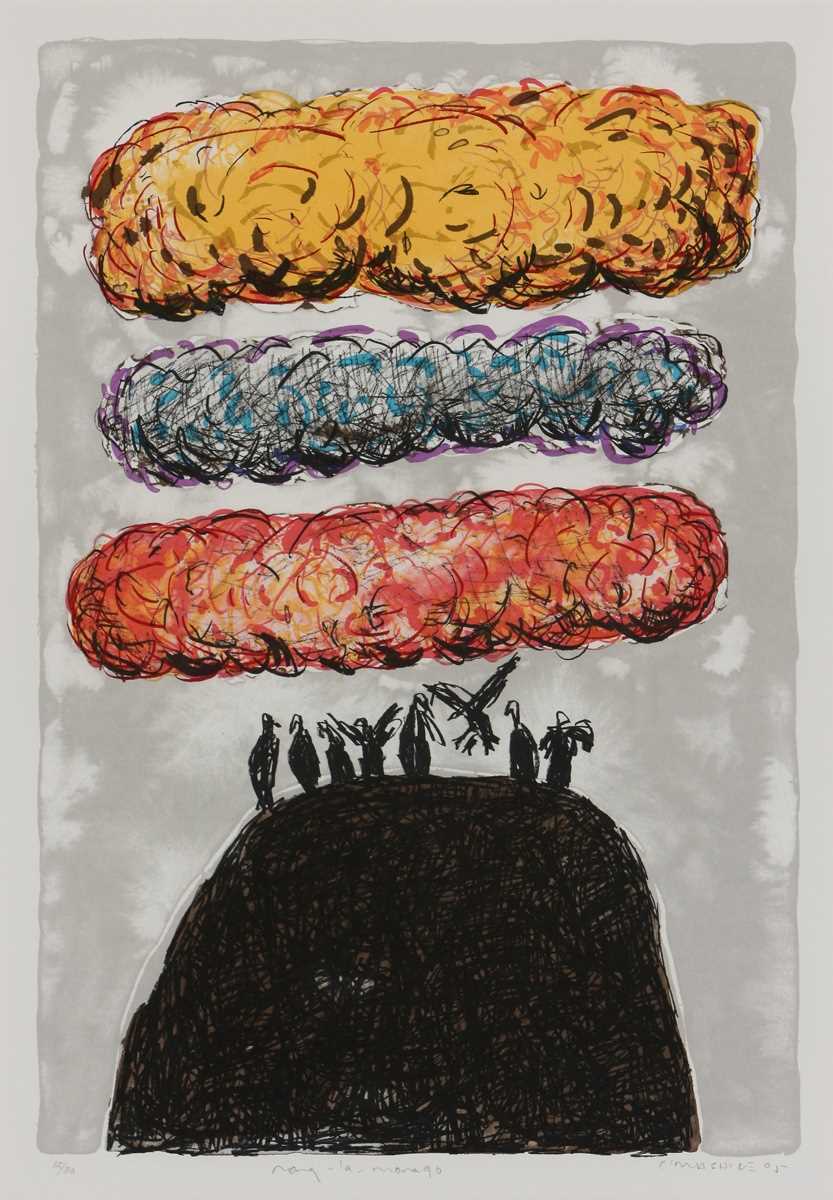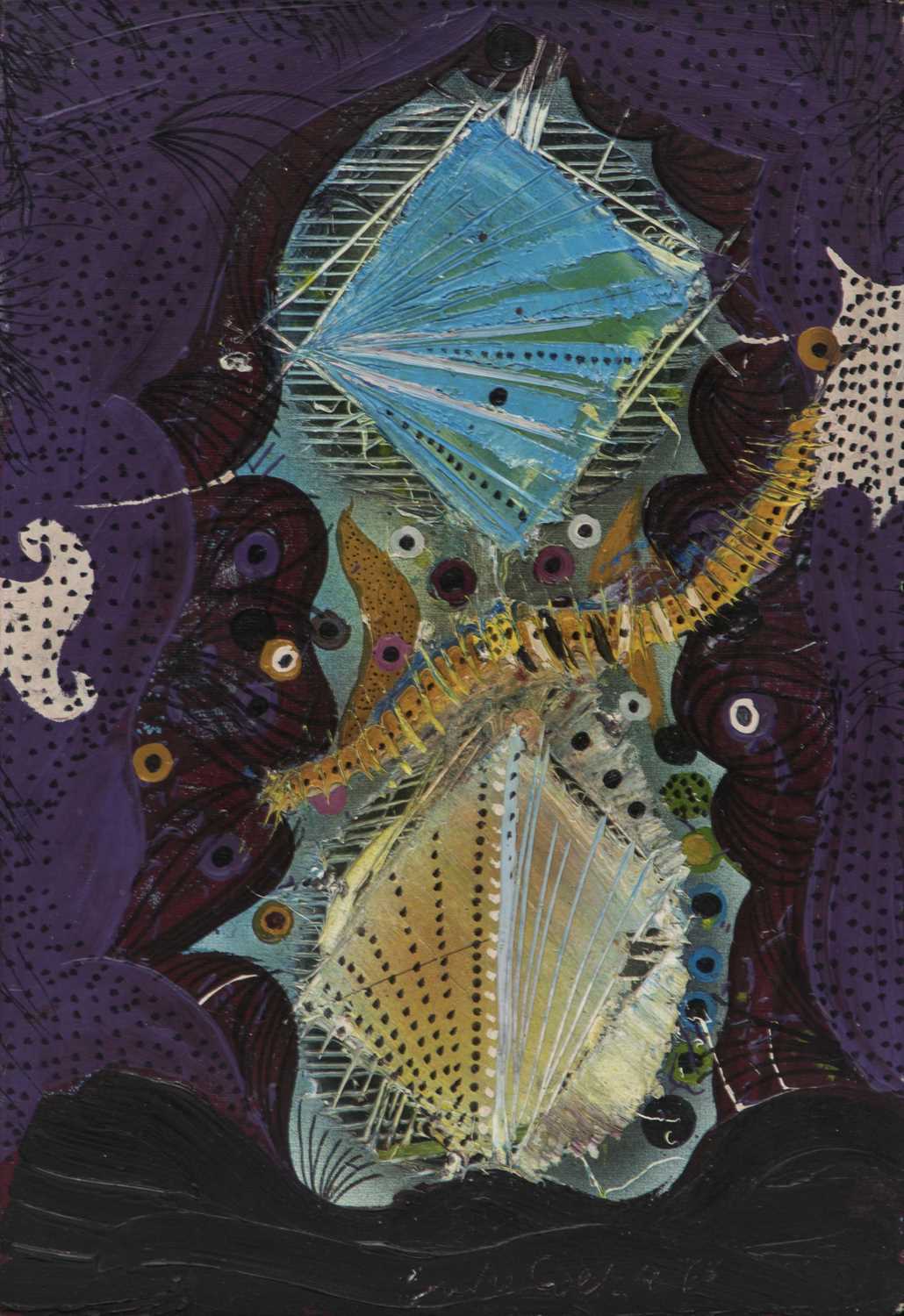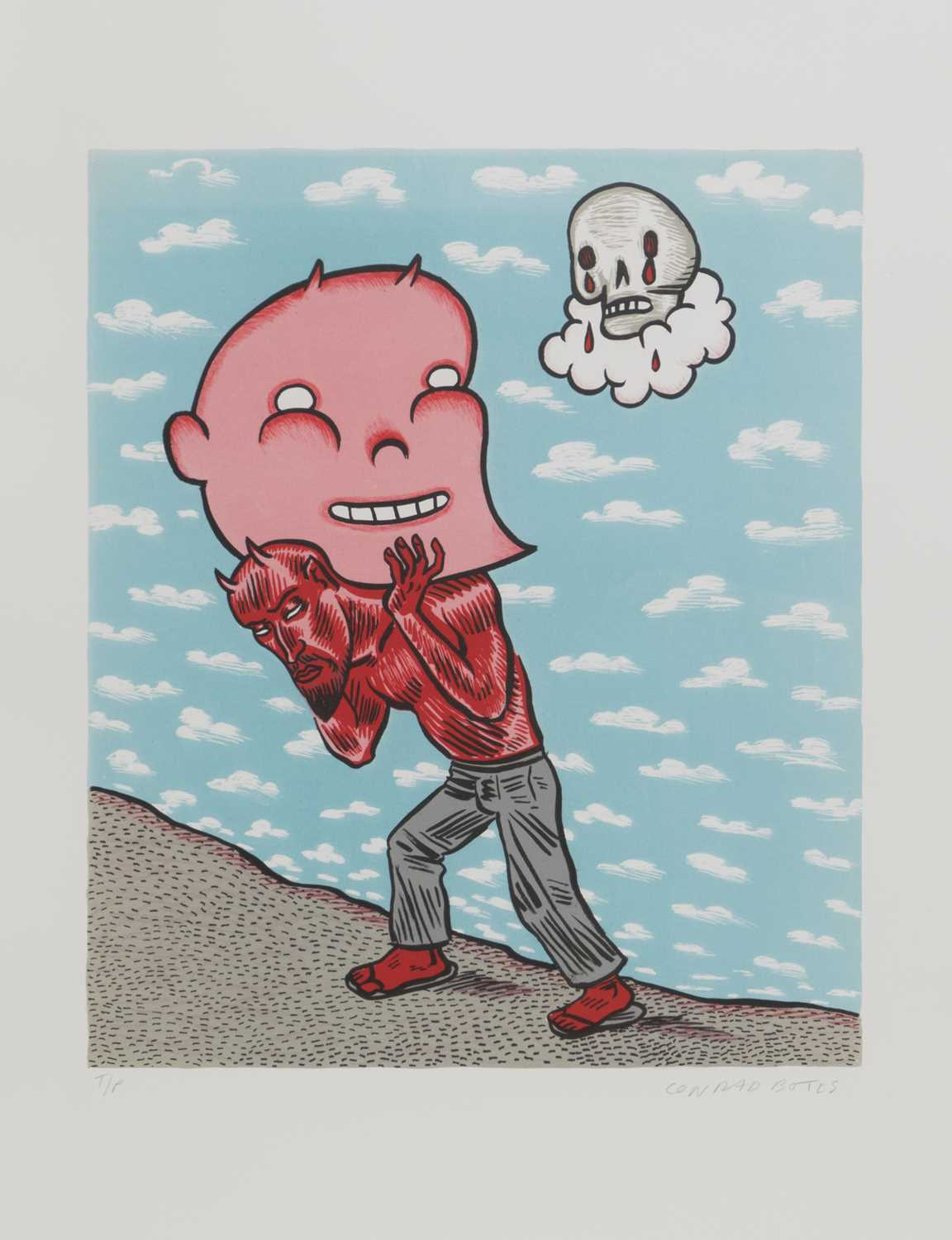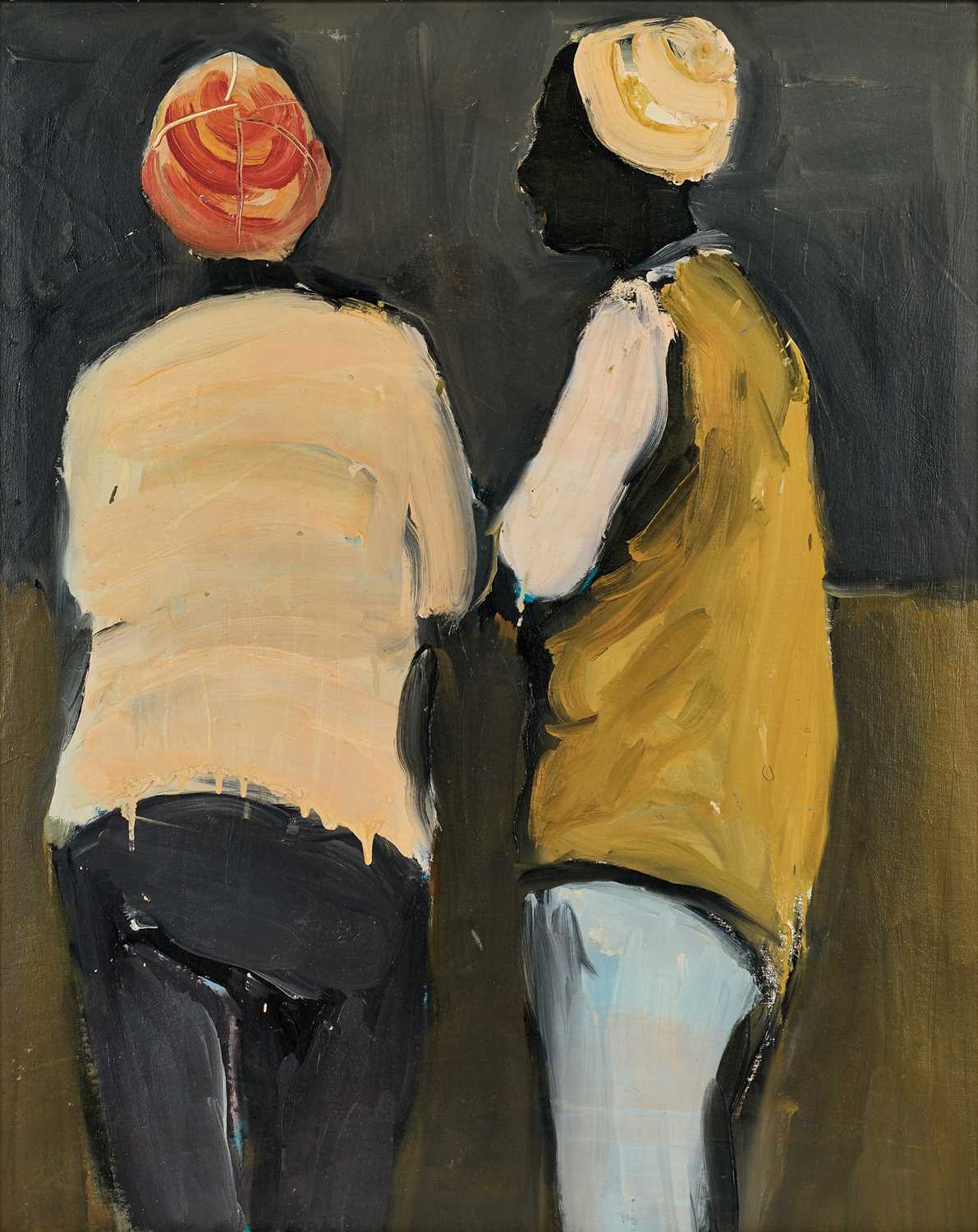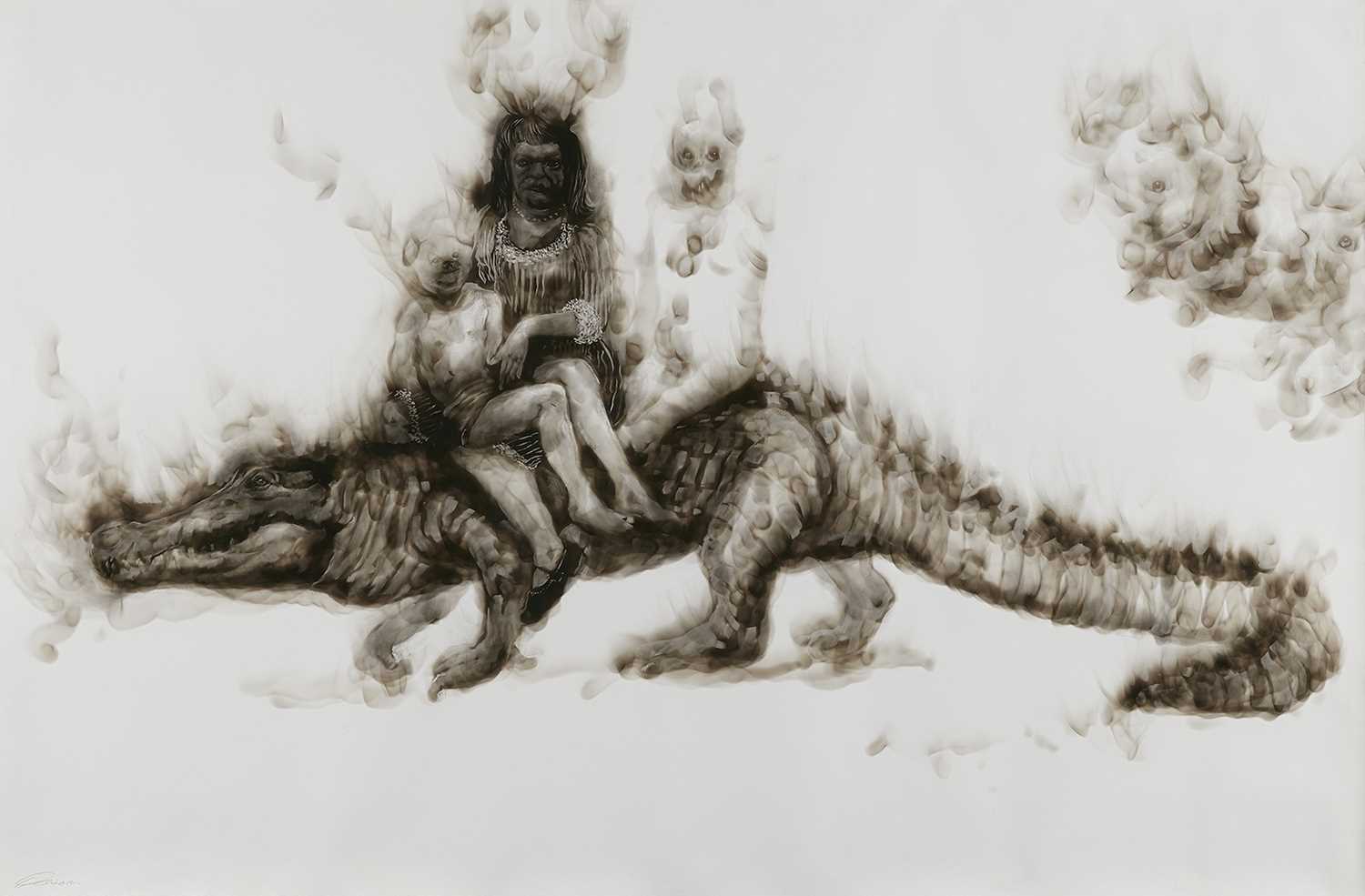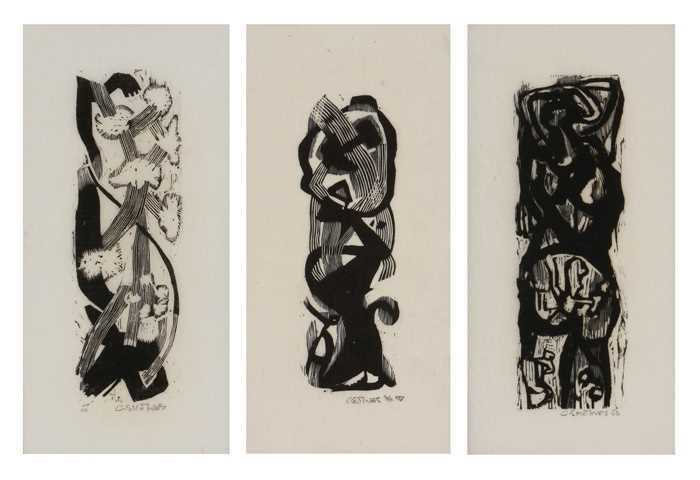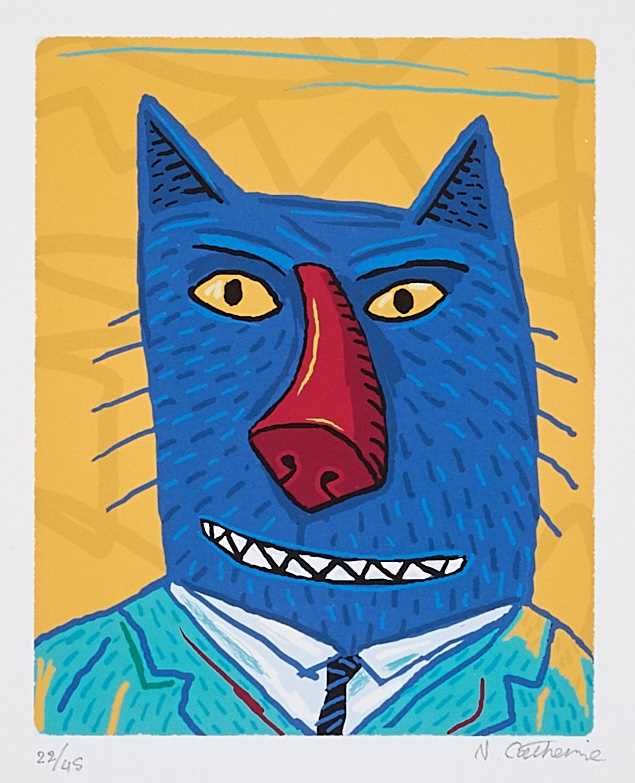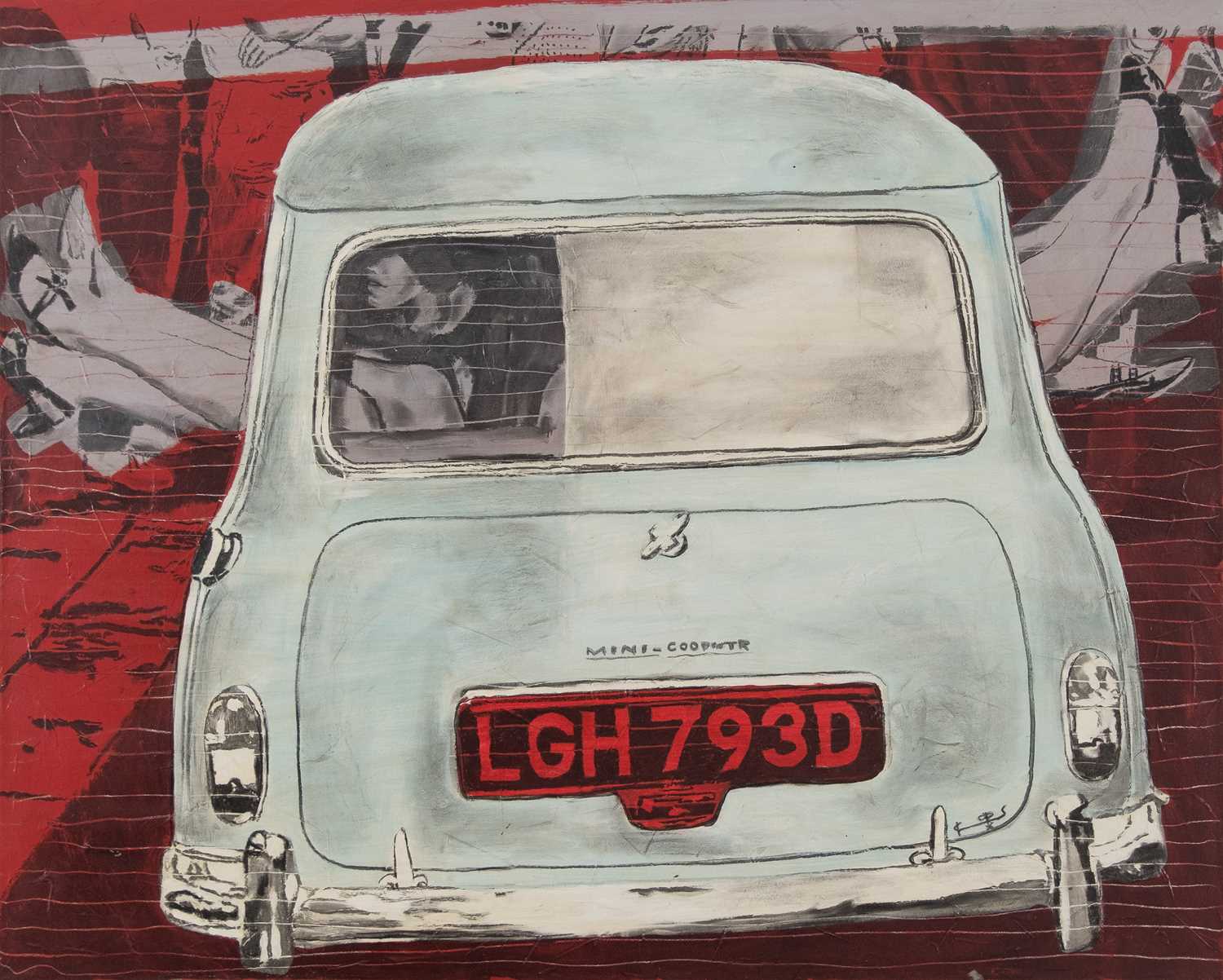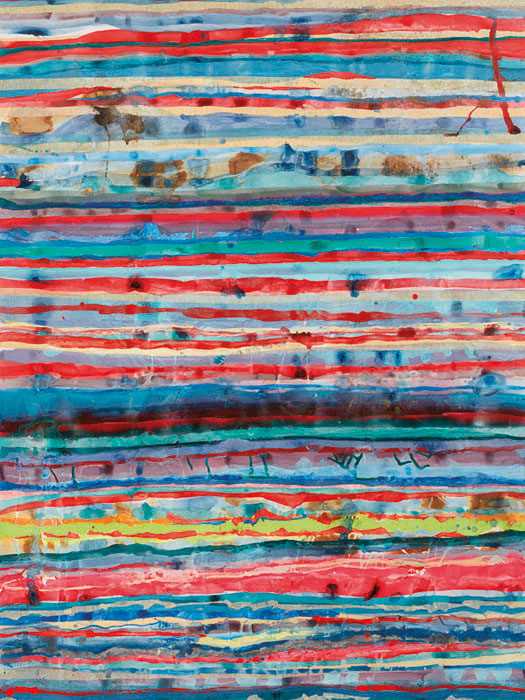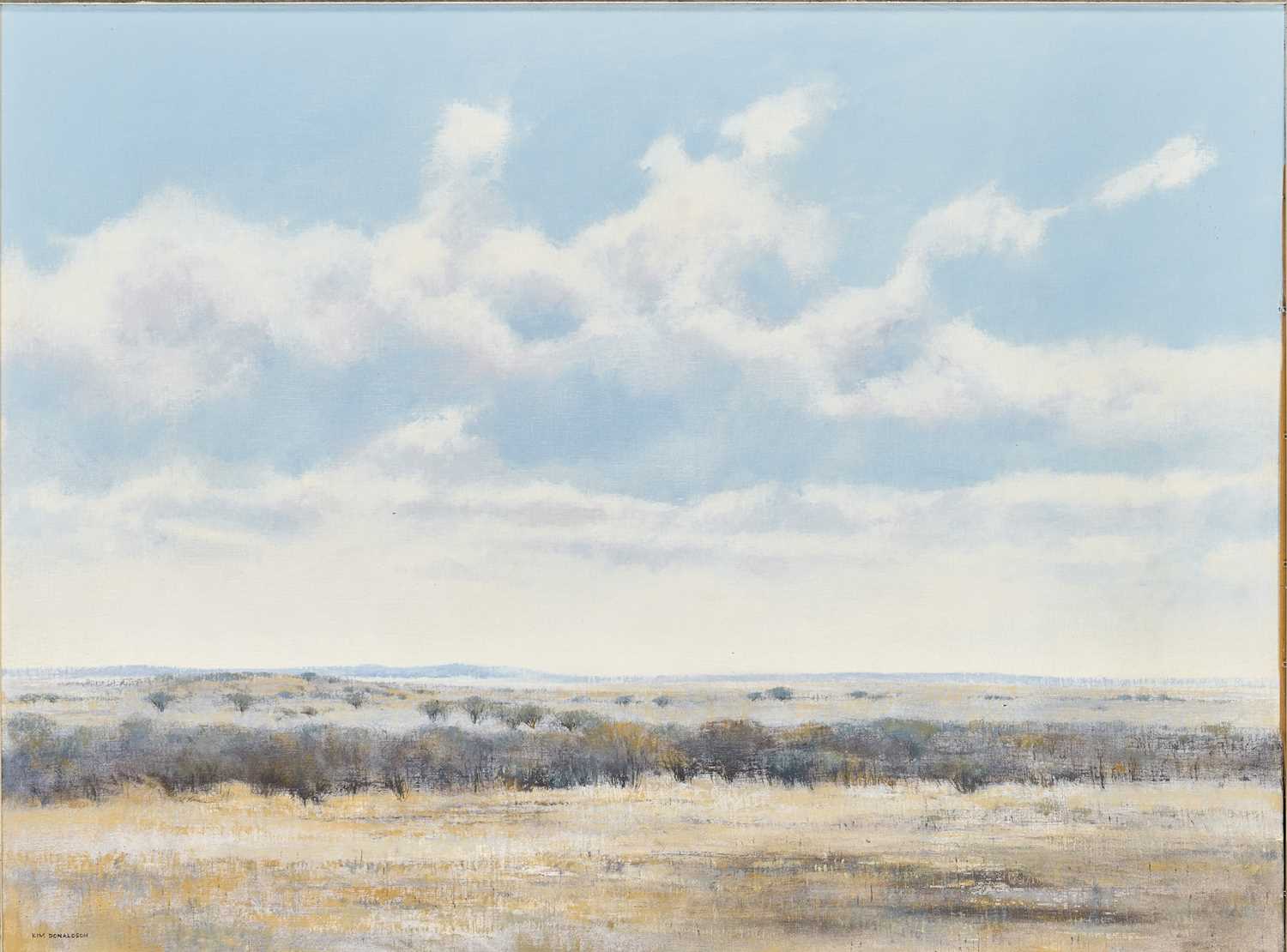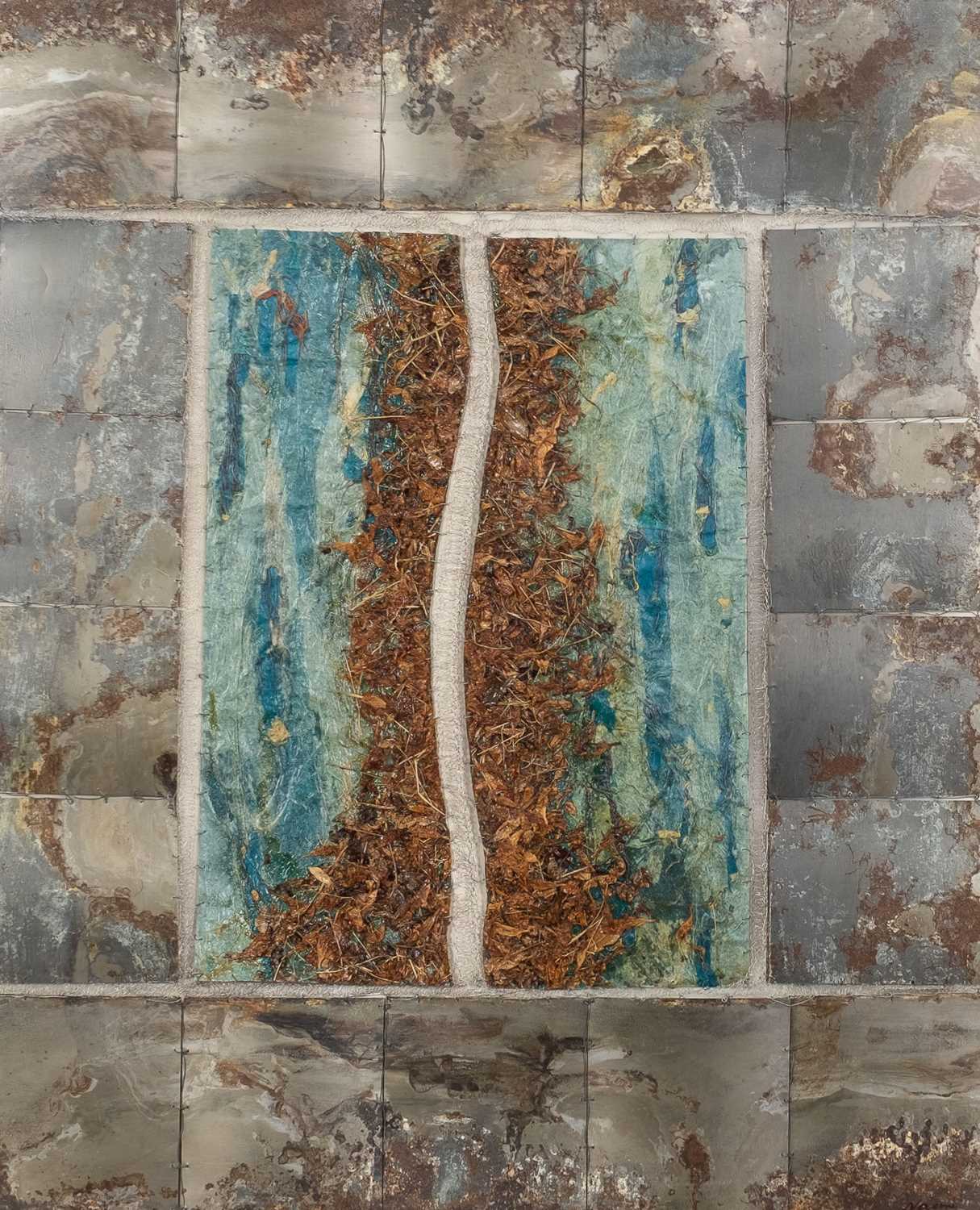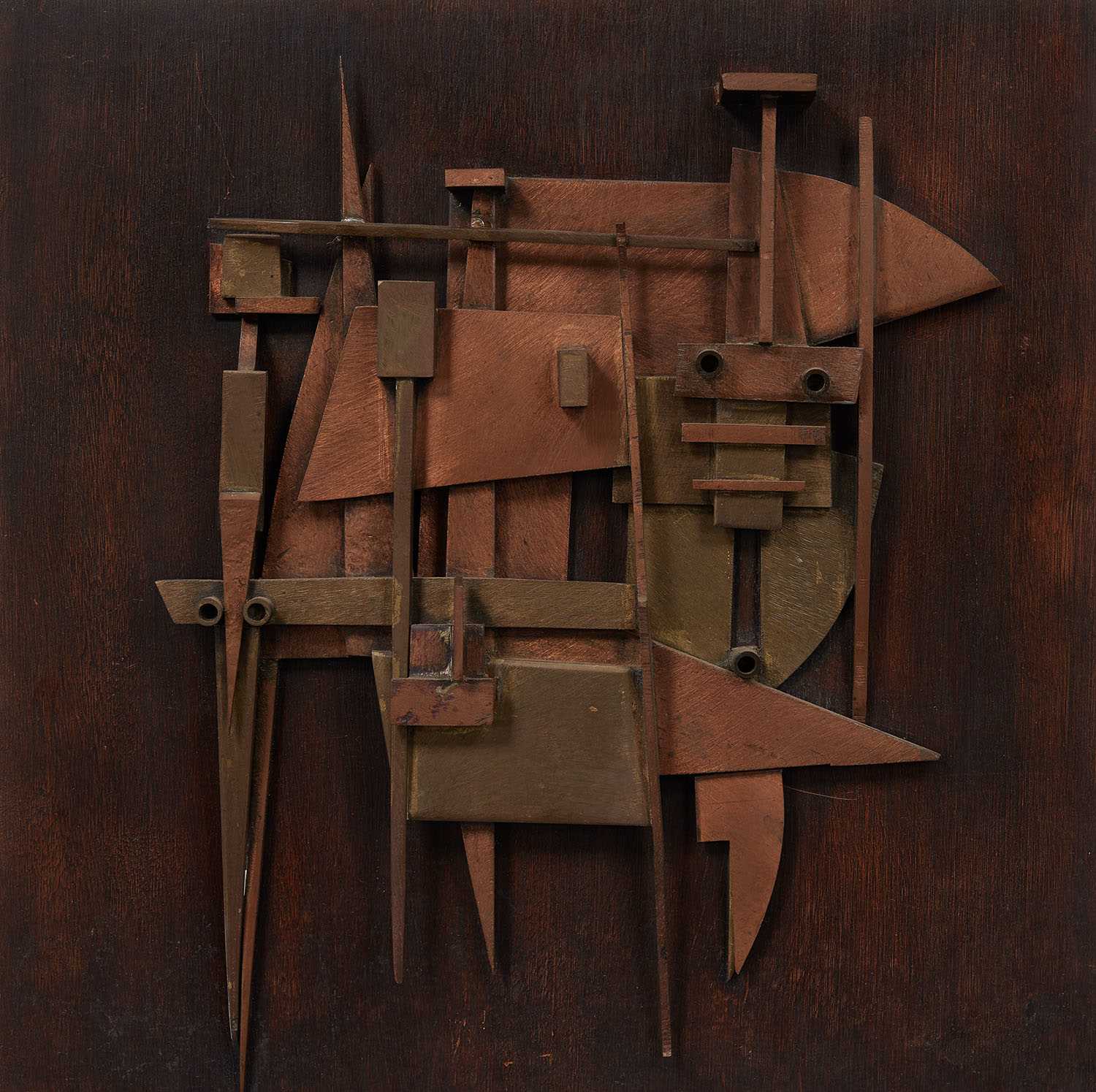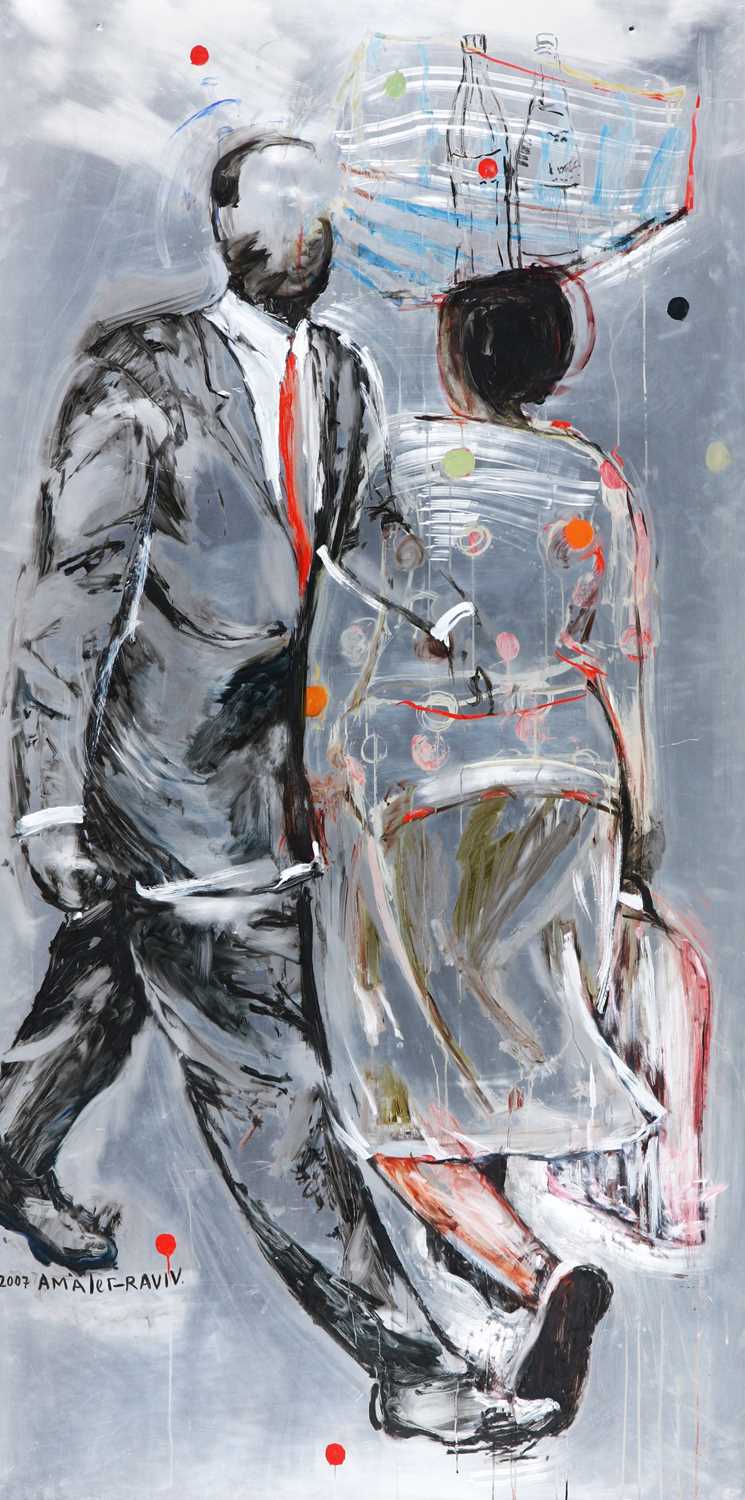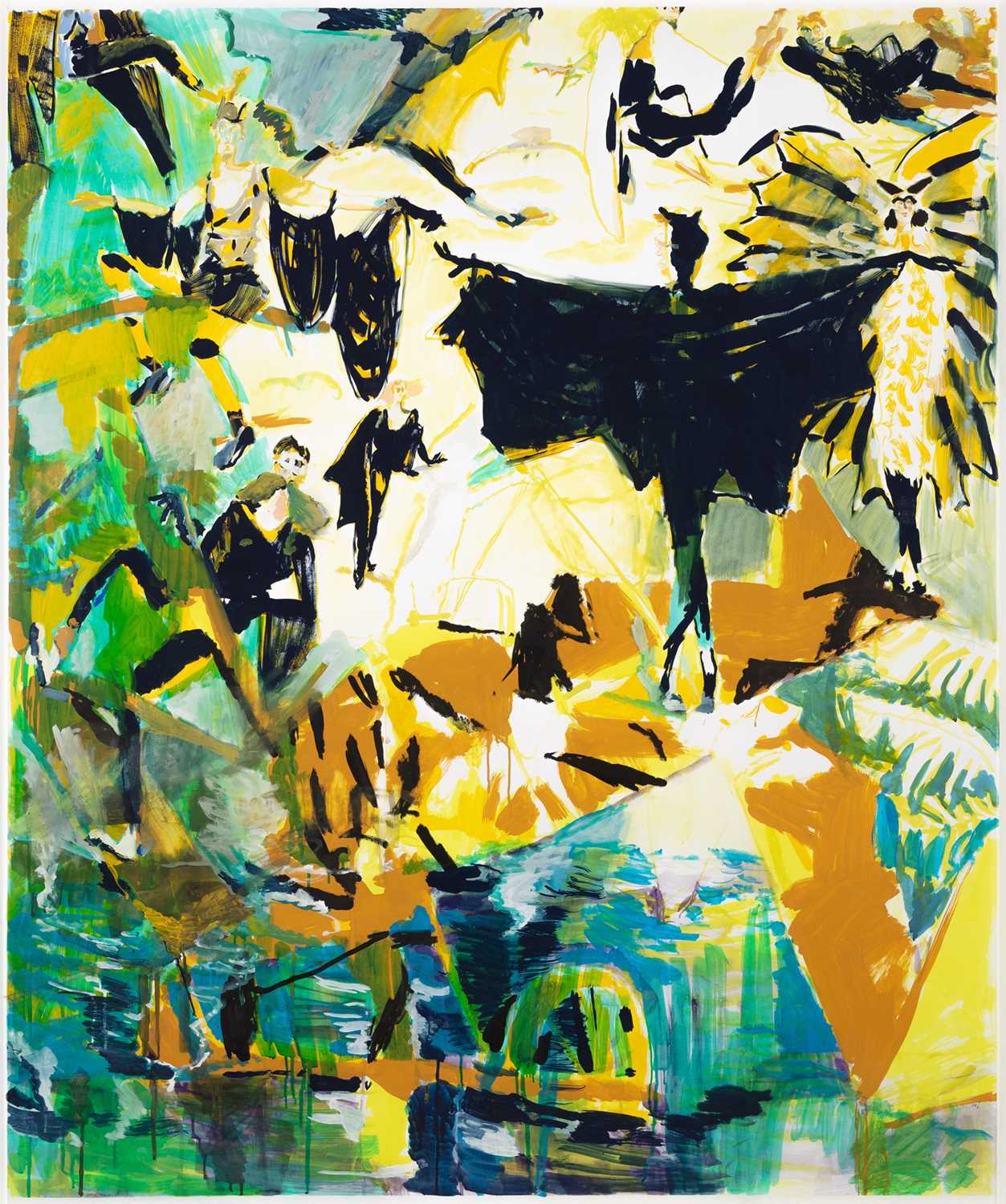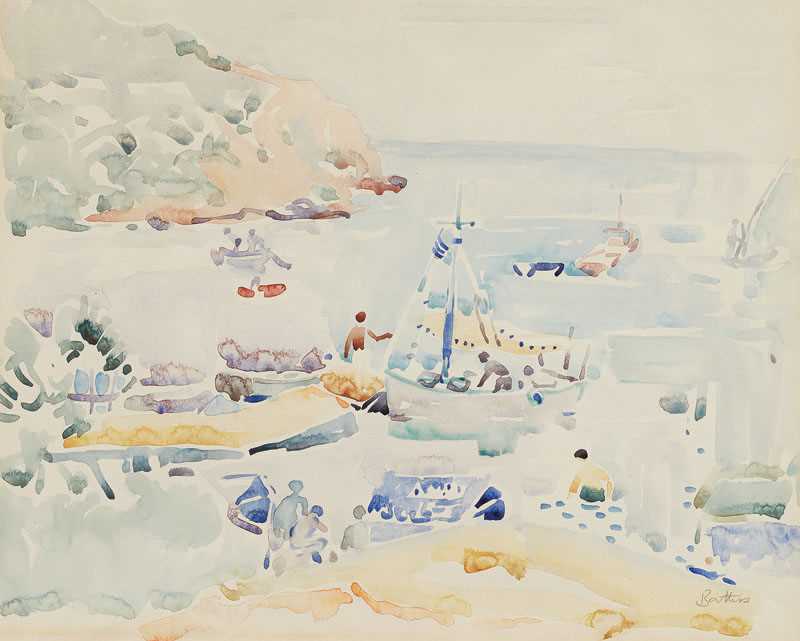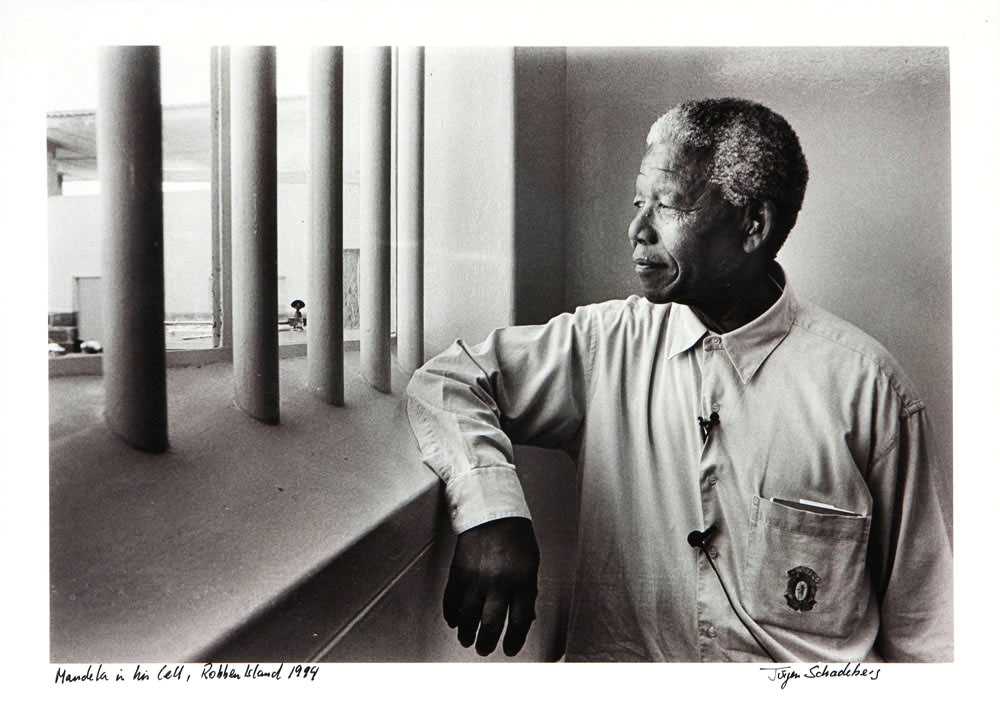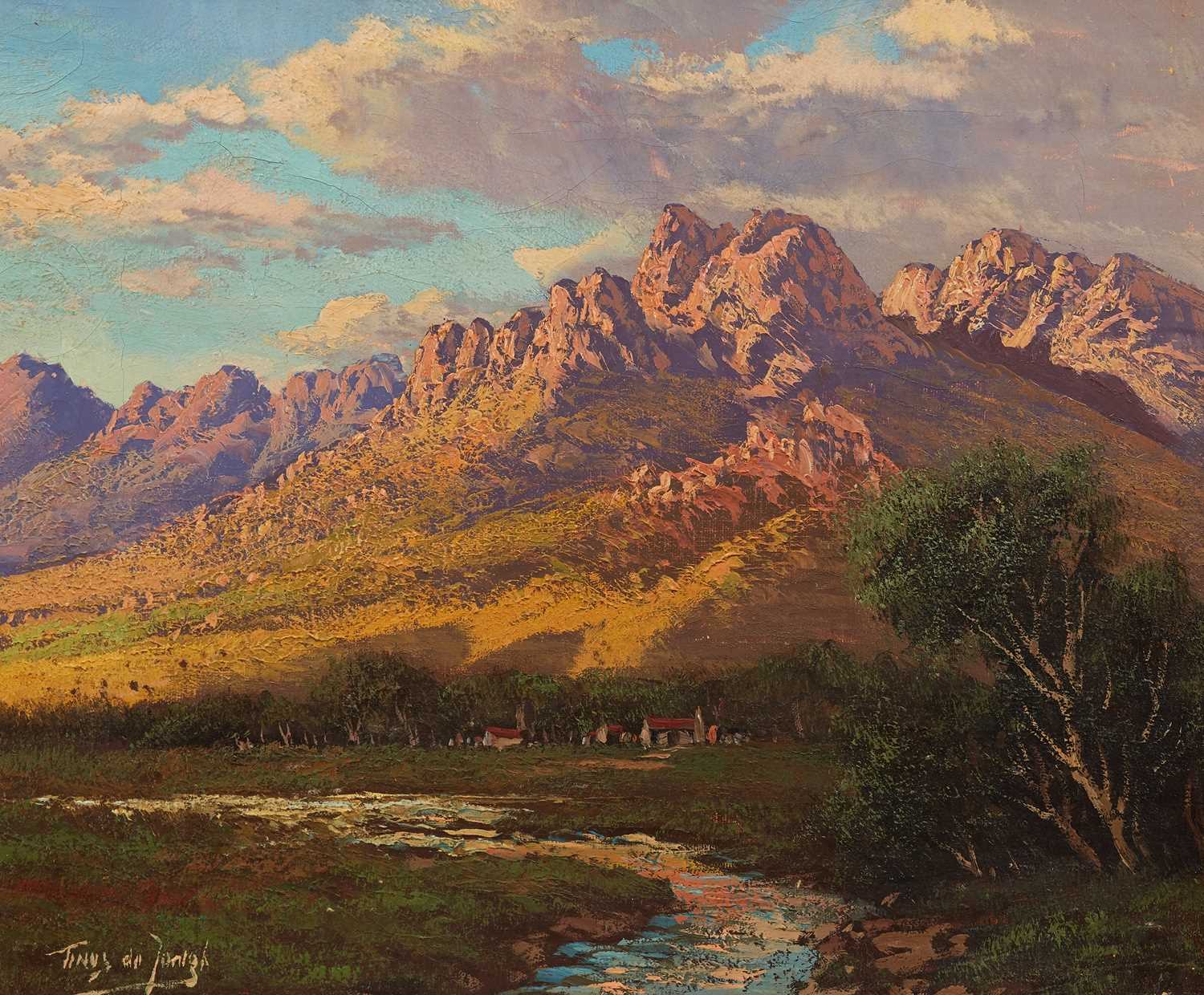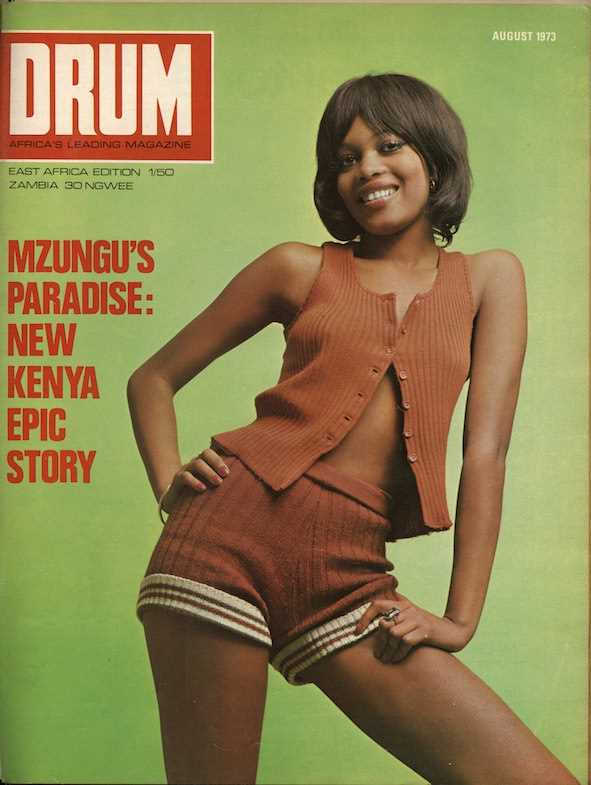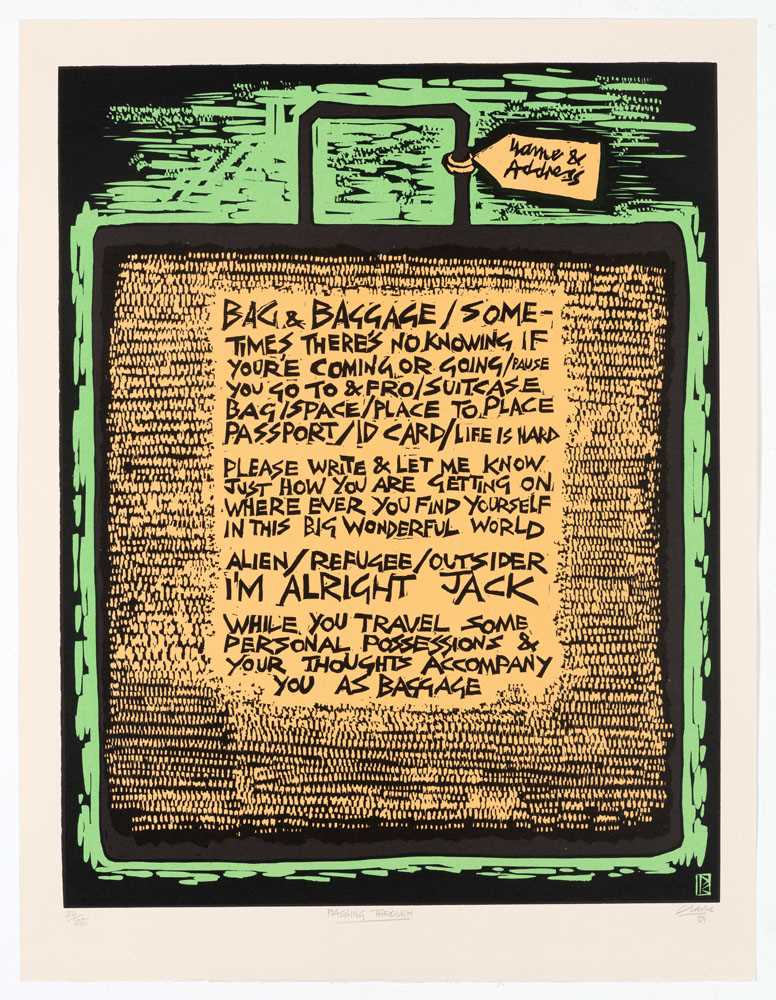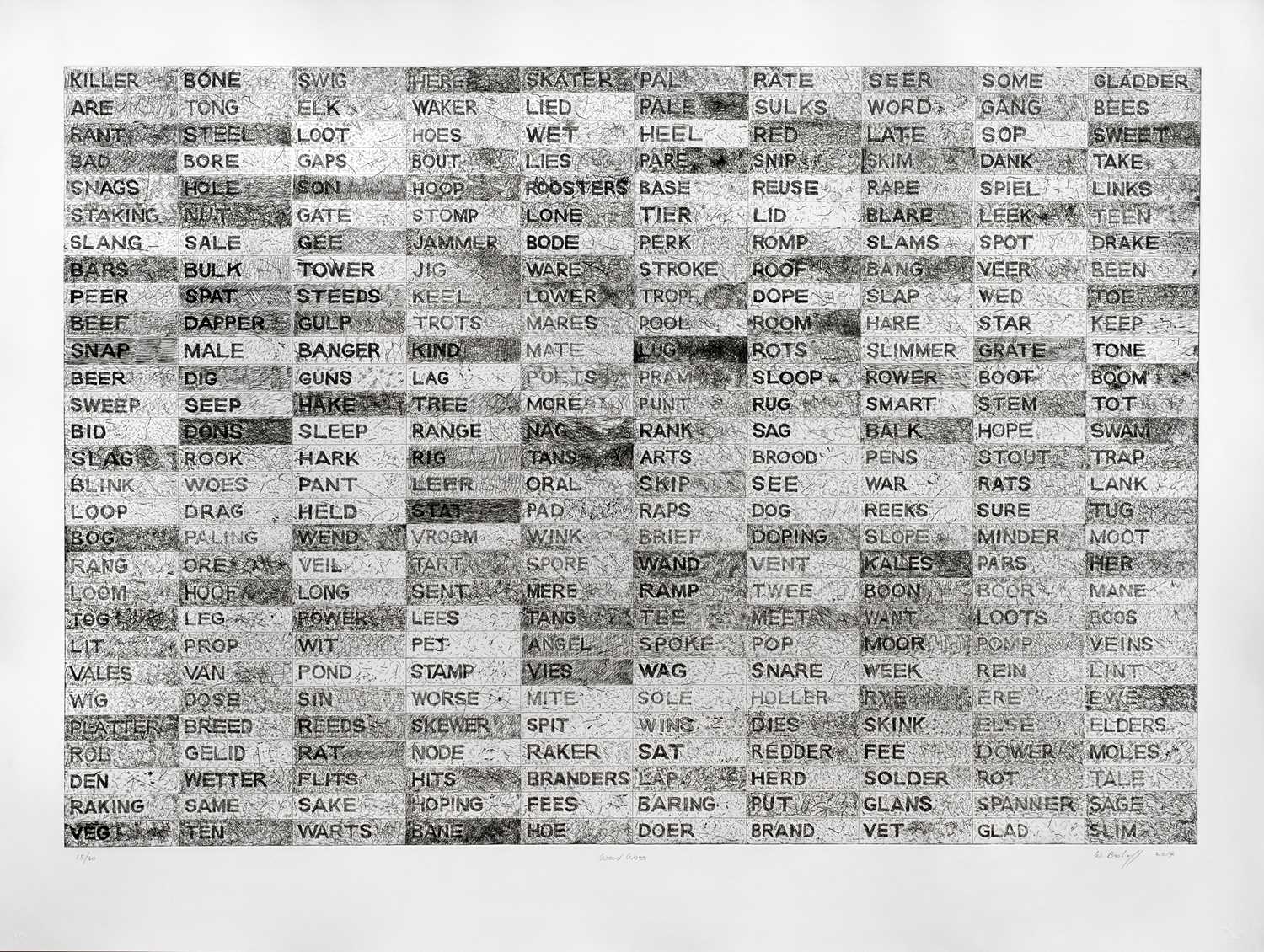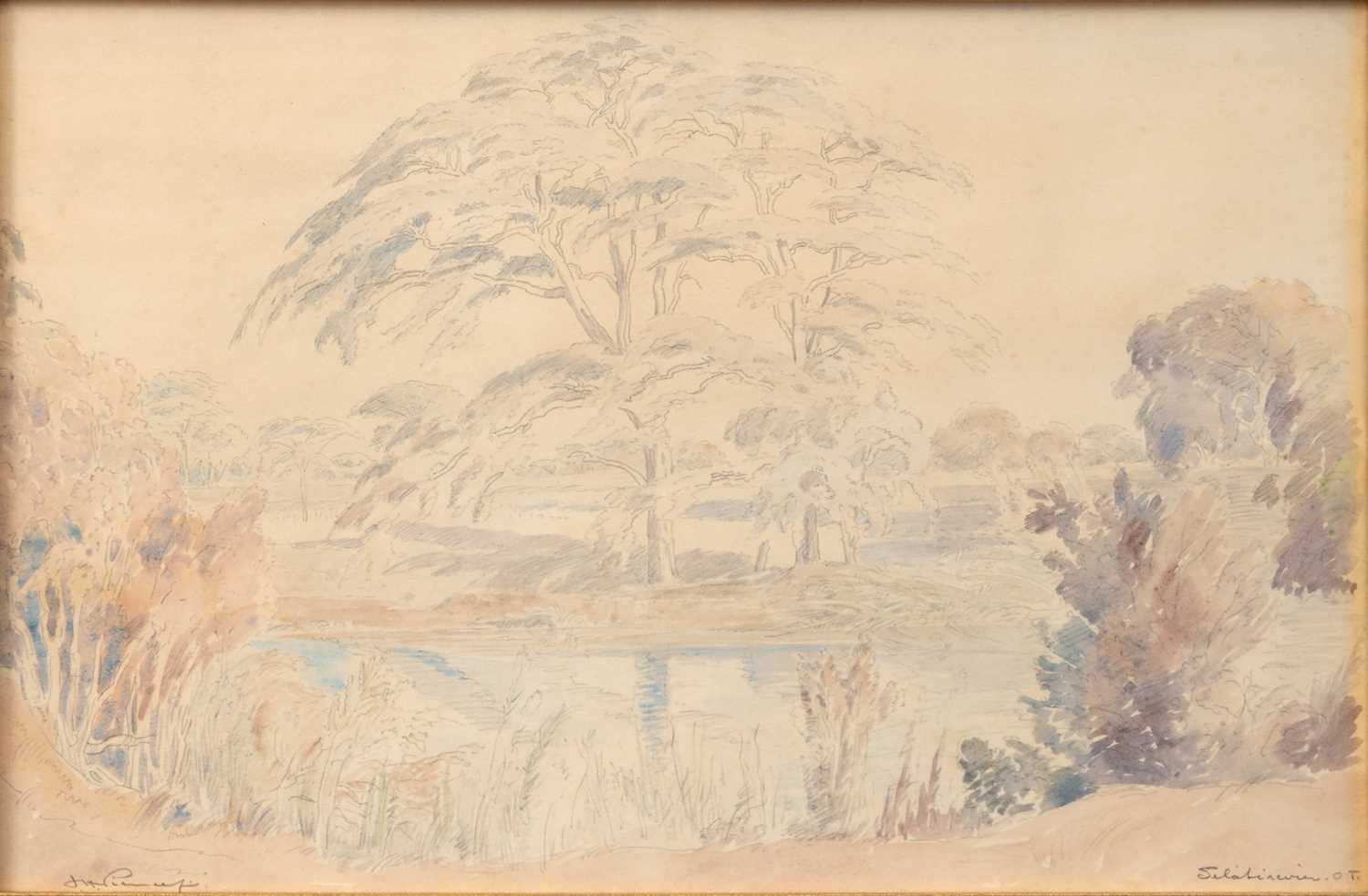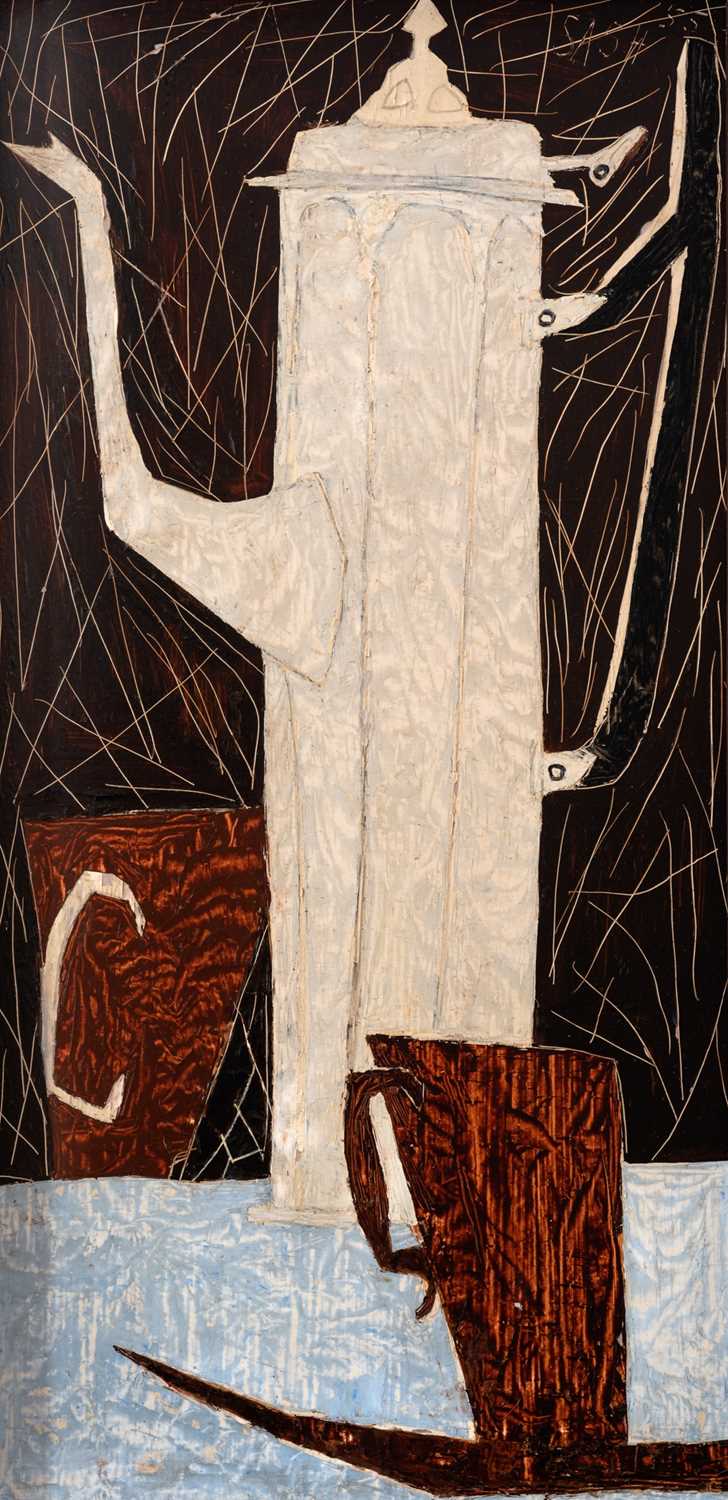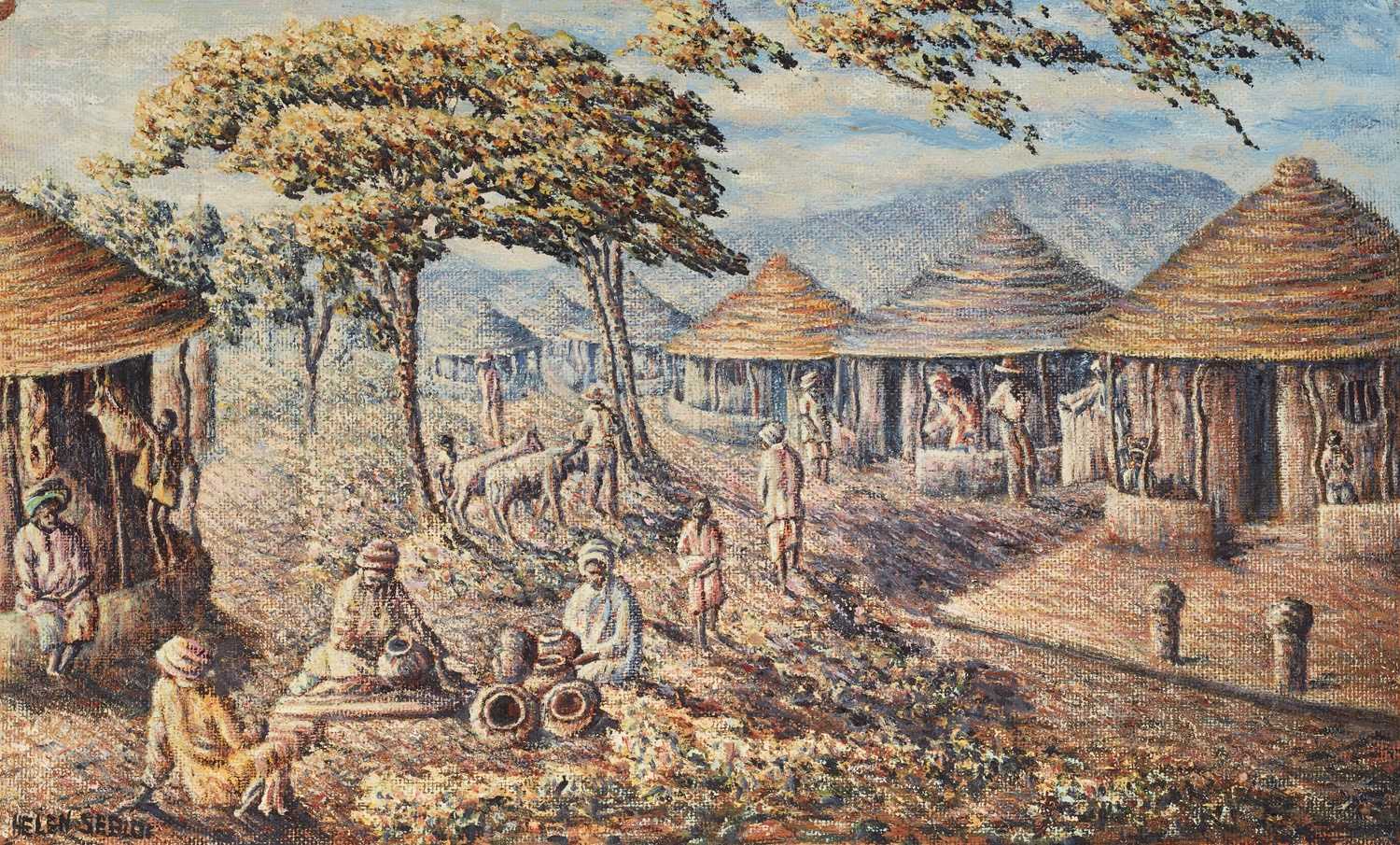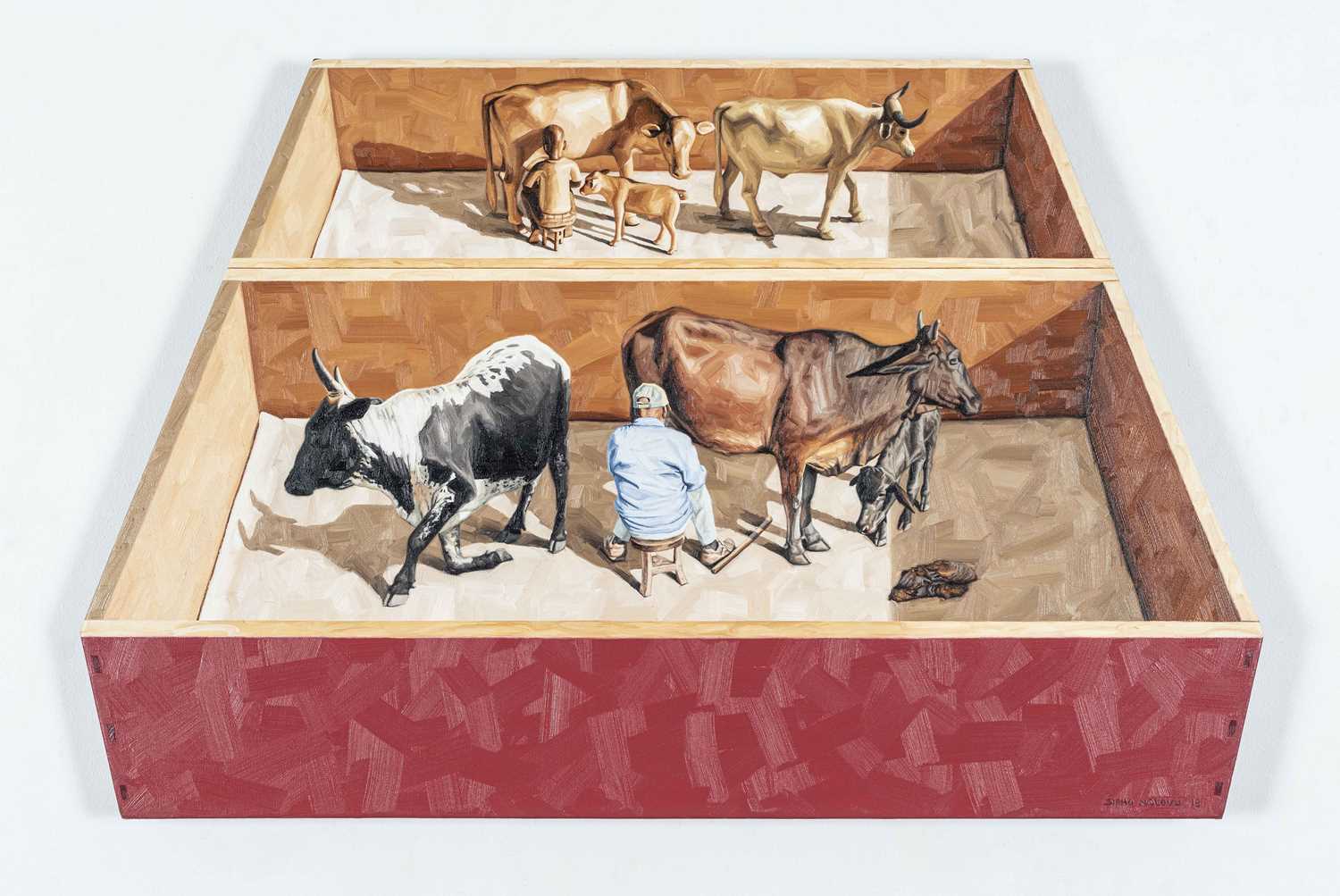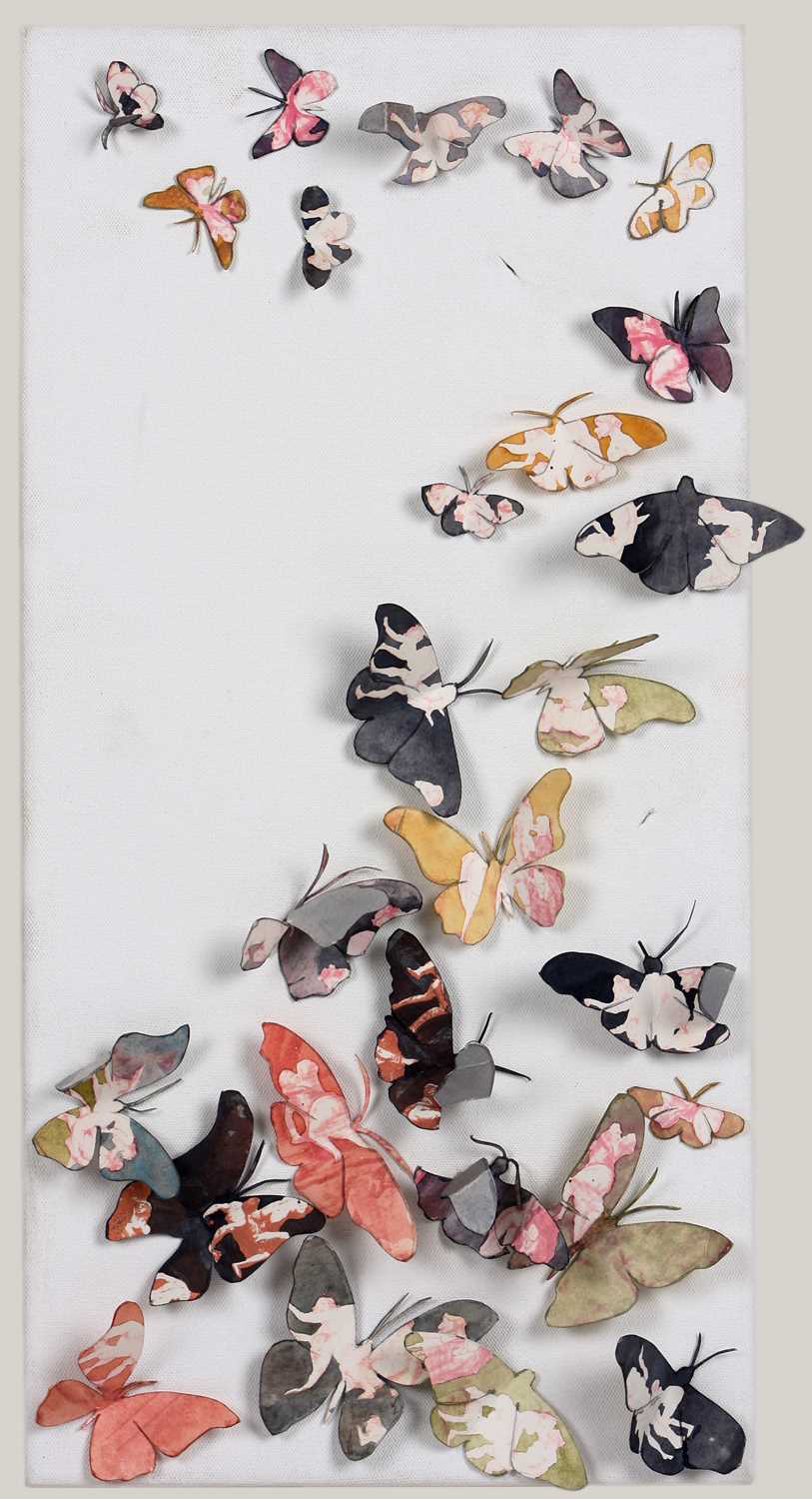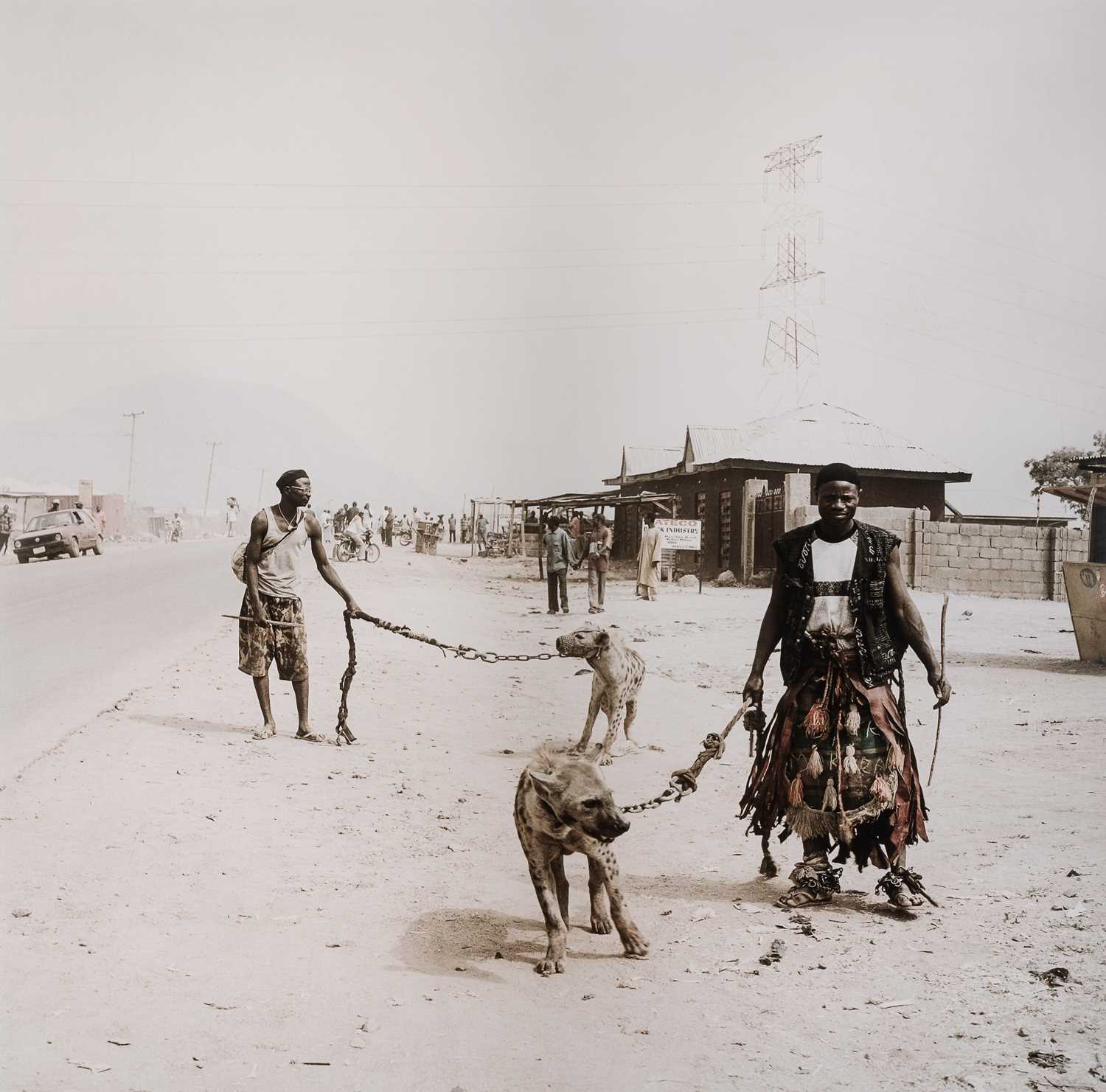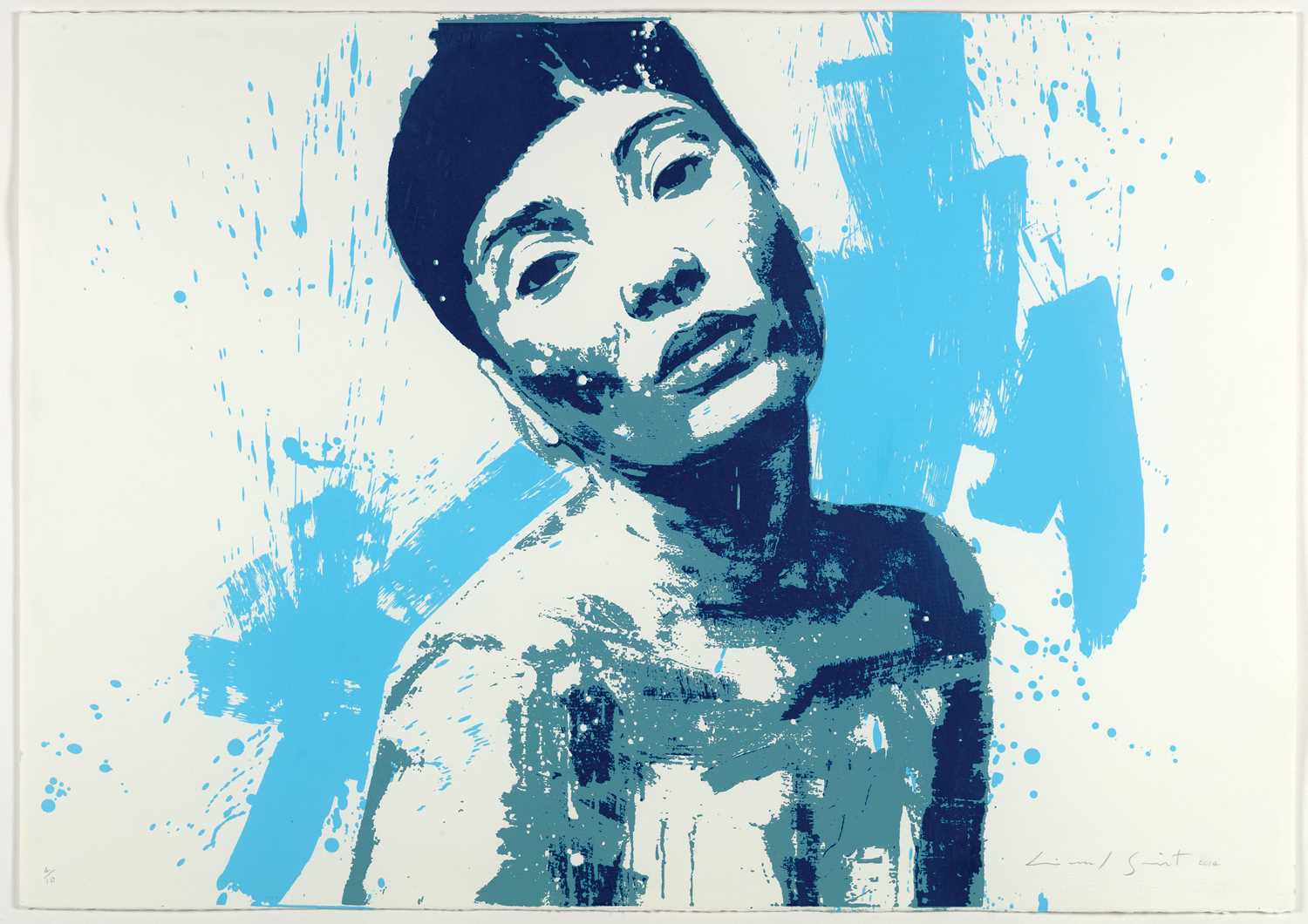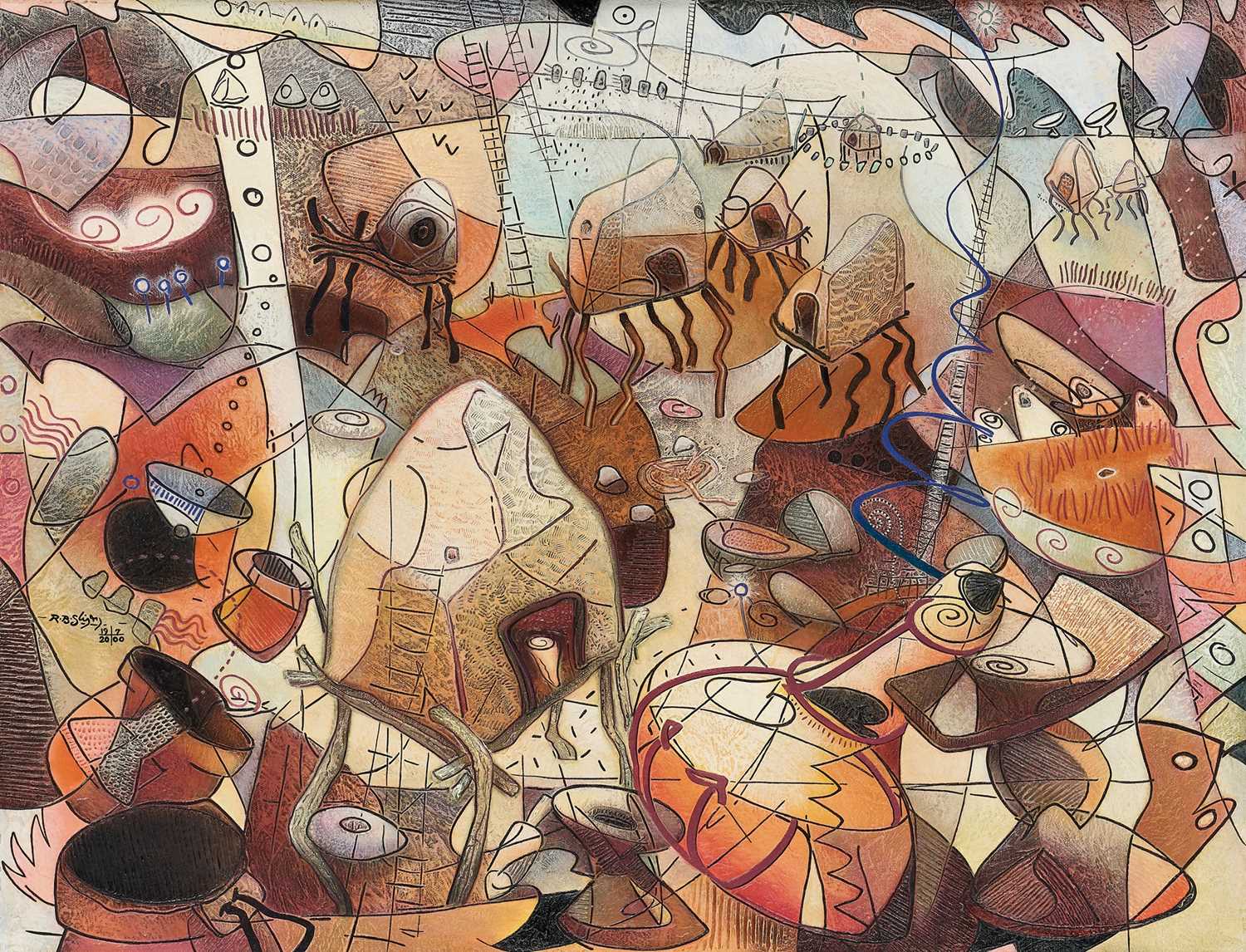13th Sep, 2023 18:00
20th Century & Contemporary Art
20
David Goldblatt (South Africa 1930-2018)
Girl in her new tutu on the stoep, Boksburg, Transvaal
vintage silver gelatin print
Artwork date: 1980
Signature details: signed, dated 22/6/80 and inscribed with the title on the reverse
Literature: Kent, R. (ed.) (2018). ‘David Goldblatt: Photographs 1948–2018’. Sydney: Museum of Contemporary Art Australia, illustrated on p.241.
Ziebinska-Lewandowska, K. (2018). ‘David Goldblatt: Structures of Dominion & Democracy’, Göttingen: Steidl Publishers, illustrated on p.211.
Goldblatt, D. (2010). ‘David Goldblatt: Kith, Kin & Khaya’, Johannesburg: Goodman Gallery, illustrated on p.109.
Goldblatt, D. (2006). ‘David Goldblatt: Photographs: Hasselblad Award 2006’, Berlin: Hatje Cantz, illustrated on p.93.
Goldblatt.D. (1982). ‘In Boksburg’. Cape Town: The Gallery Press, illustrated on the front cover and p.31.
Sold for R366,000
Estimated at R200,000 - R300,000
Condition Report
The condition is excellent.
Archivally framed behind museum glass.
Please note, we are not qualified conservators and these reports give our opinion as to the general condition of the works. We advise that bidders view the lots in person to satisfy themselves with the condition of prospective purchases.
vintage silver gelatin print
Artwork date: 1980
Signature details: signed, dated 22/6/80 and inscribed with the title on the reverse
Literature: Kent, R. (ed.) (2018). ‘David Goldblatt: Photographs 1948–2018’. Sydney: Museum of Contemporary Art Australia, illustrated on p.241.
Ziebinska-Lewandowska, K. (2018). ‘David Goldblatt: Structures of Dominion & Democracy’, Göttingen: Steidl Publishers, illustrated on p.211.
Goldblatt, D. (2010). ‘David Goldblatt: Kith, Kin & Khaya’, Johannesburg: Goodman Gallery, illustrated on p.109.
Goldblatt, D. (2006). ‘David Goldblatt: Photographs: Hasselblad Award 2006’, Berlin: Hatje Cantz, illustrated on p.93.
Goldblatt.D. (1982). ‘In Boksburg’. Cape Town: The Gallery Press, illustrated on the front cover and p.31.
(1)
image size: 18 x 23 cm; framed size: 40.5 x 35 x 2 cm
Provenance:
Private collection, Free State.
Stevenson, Johannesburg.
Exhibitions:
Examples from the edition were exhibited in:
Pace Gallery, New York, ‘Strange Instrument’, 26 February to 27 March 2021.
A4 Arts Foundation, Cape Town, ‘Picture Theory’, 25 October 2018 to 24 January 2019.
Museum of Contemporary Art Australia, Sydney, ‘David Goldblatt: Photographs 1948–2018’, 19 October 2018 to 3 March 2019.
Centre Pompidou, Paris, ‘David Goldblatt’, 21 February to 7 May 2018.
The Jewish Museum, New York, ‘David Goldblatt: Kith, Kin & Khaya’, 2 May to 19 September 2010.
South African Jewish Museum, Cape Town, ‘David Goldblatt: Kith, Kin & Khaya’, 1 November - 11 February 2010.
Stevenson Gallery, Johannesburg, ‘Intersections Intersected’, 26 February to 9 April 2009.
Västerås Art Museum, Västerås, ‘David Goldblatt’, 25 January to 24 February 2008.
Hasselblad Center, Göteborg, ‘David Goldblatt’, 25 November 2006 to 21 January 2007.
ABOUT THE ARTWORK
While doing commercial work for Johannesburg Consolidated Investments (JCI) in Boksburg in 1979, David Goldblatt for the first time became aware of some of the new white suburbs popping up around Johannesburg. Goldblatt began to think about these suburbs in relation to a question he often faced while in the United Stated in the wake of the Soweto Uprising: Who are the whites of South Africa? Boksburg became a space through which to explore this question.
Shot in 1979 and 1980, the photographs, almost without exception, offer a version of white visibility that is ritualised over black invisibility. The photographs’ first public outing was meant to be in Anglo-American’s Optima magazine as an accompaniment to an essay written by Alan Paton. But then a new editorial direction for the magazine squashed this opportunity. One of the people exasperated by Optima’s refusal to publish the photographs was fellow photographer Paul Alberts who, bemoaning the poor state of photographic book publishing, had just started The Gallery Press to publish and sell photo books through subscription mail order. The venture caused the near financial ruin of Alberts, but it did result in two of the seminal South African photo books of the period – Goldblatt’s In Boksburg (1982), and The Cordoned Heart (1986), edited by Omar Badsha.
In Boksburg was Goldblatt’s third book after On the Mines (1973) and Some Afrikaners Photographed (1975).The photographs and their captions – a flag raising on Republic day, ballroom dancing, childhood ballet, a youth organisation meeting, mowing the lawn, choir rehearsal, and a billboard advertising new suburban homes – could have come from a classic photo book. Goldblatt himself had only briefly encountered: Bill Owens’ Suburbia (1972), that photographic anthropology of the people, spaces and rituals constituting an American suburbia clinging to the tarnished dreams of older decades. What the two books also share is a sense of the absurdity of an everyday life that accumulates through the books. But where Owens tends towards a mocking humour, Goldblatt builds a relentless vision that records the elevations and reductions of the racially marked body.
In Boksburg is a rigorously constructed long photo-essay, showcasing Goldblatt’s storytelling at its finest. Goldblatt begins his introduction to In Boksburg as follows: “These photographs are about life in a small-town, middle-class, white community in South Africa.” Ironically, the first photograph in the book, Saturday morning at the corner of Commissioner and Trichardts Streets, presents mainly black pedestrians with a visibility and presence that is otherwise absent in the rest of the book. It is within this featureless sprawl to the east of Johannesburg that Goldblatt probed the extent to which Boksburg is shaped by white dreams and white proprieties. … Blacks are not of this town. They serve it, trade with it, receive charity from it and are ruled, rewarded and punished by its precepts. Some, on occasion, are its privileged guests. But all who go there do so by permit or invitation, never by right.[1]
Girl in her new tutu on the stoep is on the cover of In Boksburg, giving it an elevated visibility that is probably one of the reasons for its frequent reproduction in publicity material associated with Goldblatt’s retrospective exhibitions in the 1980s – including a six-page spread in Leadership magazine (August 1983) to coincide with the Johannesburg leg of David Goldblatt: Thirty Five Years, and a 24-page booklet released on the occasion of David Goldblatt: South Africa at The Photographer’s Gallery in London three years later. But another likely reason for its reproduction is the image itself, which encapsulates all of the dominance, confidence and innocence of white South Africa in the early 1980s.
Rory Bester
[1] Goldblatt.D. (1982). In Boksburg. Cape Town: The Gallery Press. unpaginated.

LEFT | David Goldblatt, In Boksburg. First edition published by The Gallery Press in 1982.
RIGHT | David Goldblatt, In Boksburg. Published by Steidl in 2016
COLLECTOR'S NOTE
An example from the edition forms part of the permanent collection of the Victoria & Albert Museum Collection, London; National Gallery of Victoria, Melbourne; The Museo Reina Sofia, Madrid; Philidelphia Museum of Art and The Walther Collection, Neu-Ulm.
COLLECTIONS
The artist is represented in numerous local and international collections, notably:
MoMA, New York, USA.; Tate Modern, London, UK.; Bibliotheque Nationale, Paris, France.; Centre Pompidou, Paris, France.; Fondation Louis Vuitton, Paris, France; The French National Art Collection, France.; National Gallery of Victoria, Melbourne, Australia.; The Art Gallery of Western Australia.; Huis Marseilles, Amsterdam, Netherlands.; Stedelijk Museum, Amsterdam, Netherlands.; Fotomuseum, Winterthur, Switzerland.; Hasselblad Collection, Sweden.; Museum Kunst Palast, Düsseldorf, Germany.; Art Collection Deutsche Borse, Frankfurt, Germany.; Museum of Contemporary Art, San Diego, USA.; Museum Moderner Kunst Stiftung Ludwig, Vienna, Austria.; Museum of Modern Art, San Francisco, USA.; National Gallery of Canada.; Getty Museum, Los Angeles, USA.; Art Institute, Chicago, USA., Iziko, South African National Gallery, Cape Town.; Durban Art Gallery.; Johannesburg Art Gallery.; University of South Africa, Pretoria.; University of the Witwatersrand, Johannesburg.; University of Cape Town.
New York.; San Francisco Museum of Modern Art, San Francisco.; Museum of Contemporary Art San Diego, San Diego.; Getty Center, Los Angeles.
You can place an absentee bid through our website - please sign in to your account on our website to proceed.
In the My Account tab you can also enter telephone bids, or email bids@aspireart.net to log telephone/absentee bids.
Join us on the day of the auction to follow and bid in real-time.
The auction will be live-streamed with an audio-visual feed.
Auction: 20th Century & Contemporary Art, 13th Sep, 2023
HIGHLIGHTS
Currency conversions are based on the exchange rate at the auction's start time and date. Bidders should verify the current exchange rate on the day of the sale. All invoices and payments must be made in South African Rands.
IMPORTANT NOTICE:
Logistics
While we endeavour to assist our Clients as much as possible, we require artwork(s) to be delivered and/or collected from our premises by the Client. In instances where a Client is unable to deliver or collect artwork(s), Aspire staff is available to assist in this process by outsourcing the services to one of our preferred Service Providers. The cost for this will be for the Client’s account, with an additional Handling Fee of 15% charged on top of the Service Provider’s invoice.
Aspire Art provides inter-company transfer services for its Clients between Johannesburg and Cape Town branches. These are based on the size of the artwork(s), and charged as follows:
Small (≤60x90x10 cm): R480
Medium (≤90x120x15 cm): R960
Large (≤120x150x20 cm): R1,440
Over-size: Special quote
Should artwork(s) be collected or delivered to/from Clients by Aspire Art directly, the following charges will apply:
Collection/delivery ≤20km: R400
Collection/delivery 20km>R800≤50km
Collection/delivery >50km: Special quote
Packaging
A flat fee of R100 will be added to the invoice for packaging of unframed works on paper.
International Collectors Shipping Package
For collectors based outside South Africa who purchase regularly from Aspire Art’s auctions in South Africa, it does not make sense to ship artworks individually or per auction and pay shipping every time you buy another work. Consequently, we have developed a special collectors’ shipping package to assist in reducing shipping costs and the constant demands of logistics arrangements.
For buyers from outside South Africa, we will keep the artworks you have purchased in storage during the year and then ship all the works you have acquired during the year together, so the shipping costs are reduced. At the end of the annual period, we will source various quotes to get you the best price, and ship all your artworks to your desired address at once.
Aspire Art will arrange suitable storage during, and cost-effective shipping at the end, of the annual period.
Collections
Collections are by appointment, with 24-hours’ notice
Clients are requested to contact the relevant office and inform Aspire Art of which artwork(s) they would like to collect, and allow a 24-hour window for Aspire Art’s logistics department to retrieve the artwork(s) and prepare them for collection.
Handling Fee
Aspire Art charges a 15% Handling Fee on all Logistics, Framing, Restoration and Conservation arranged by Aspire.
